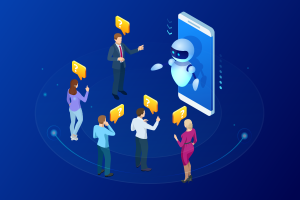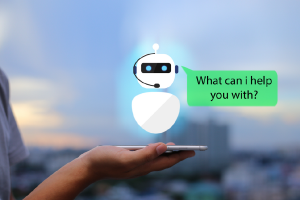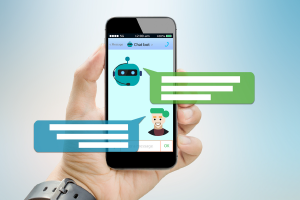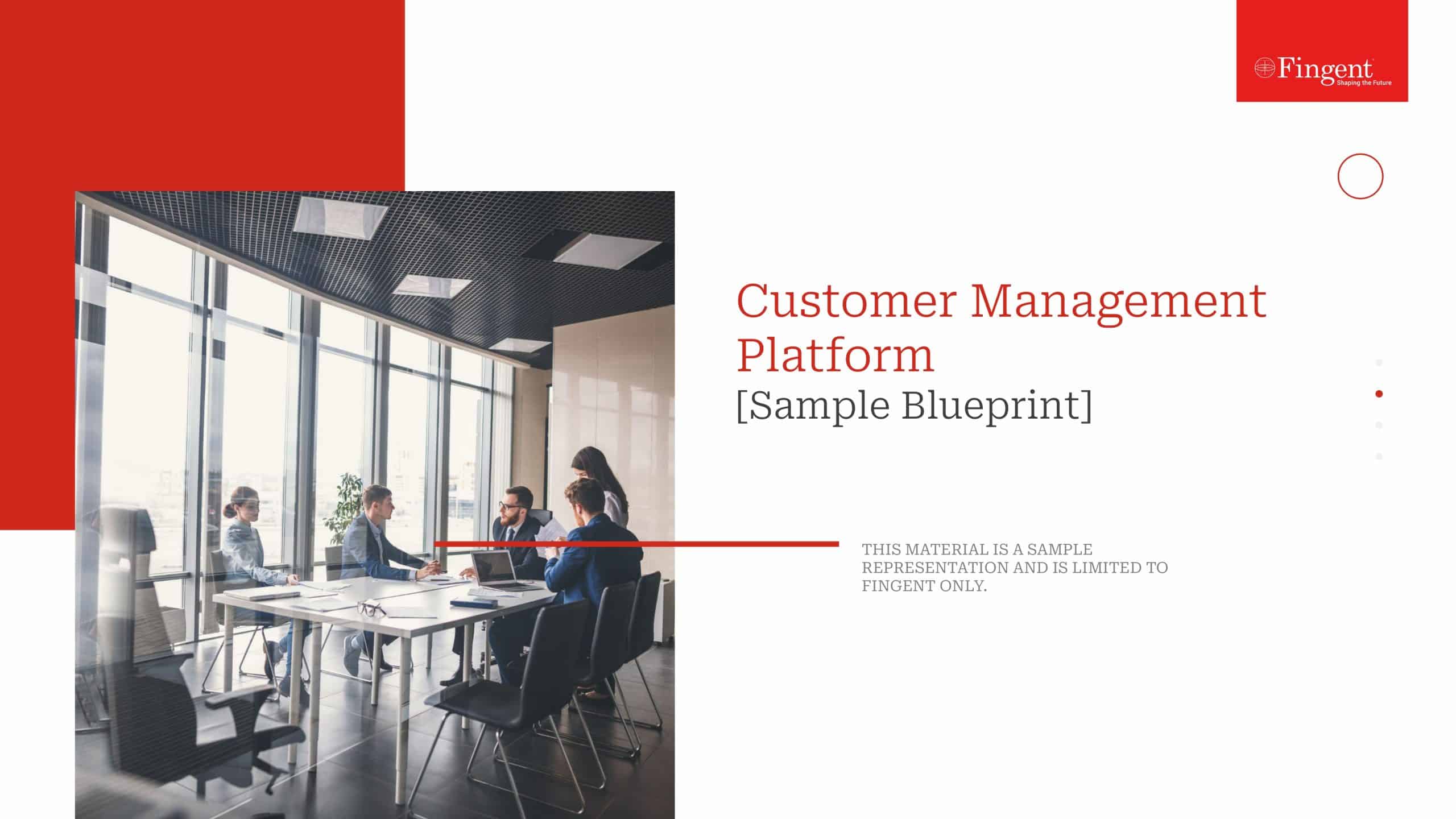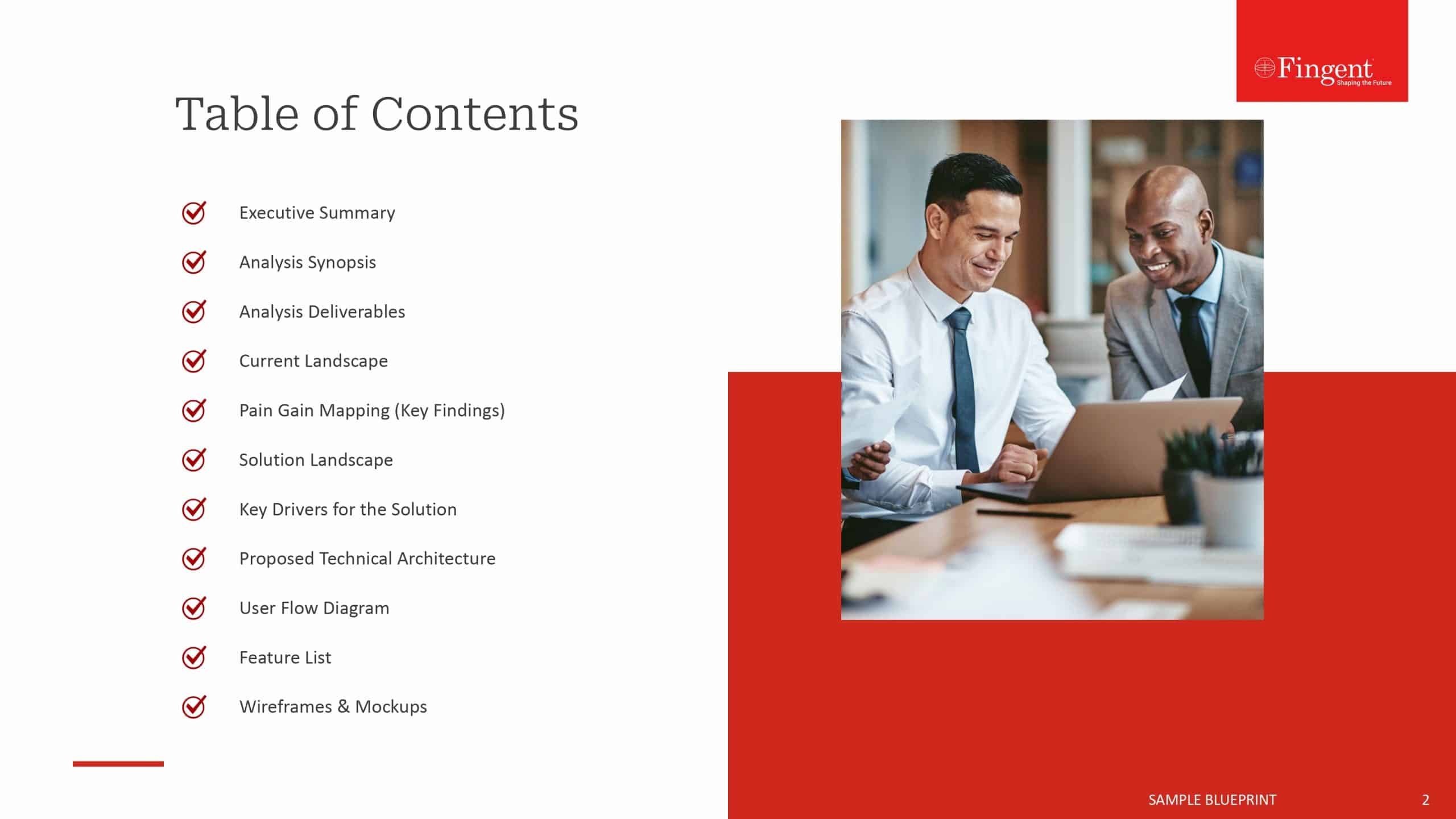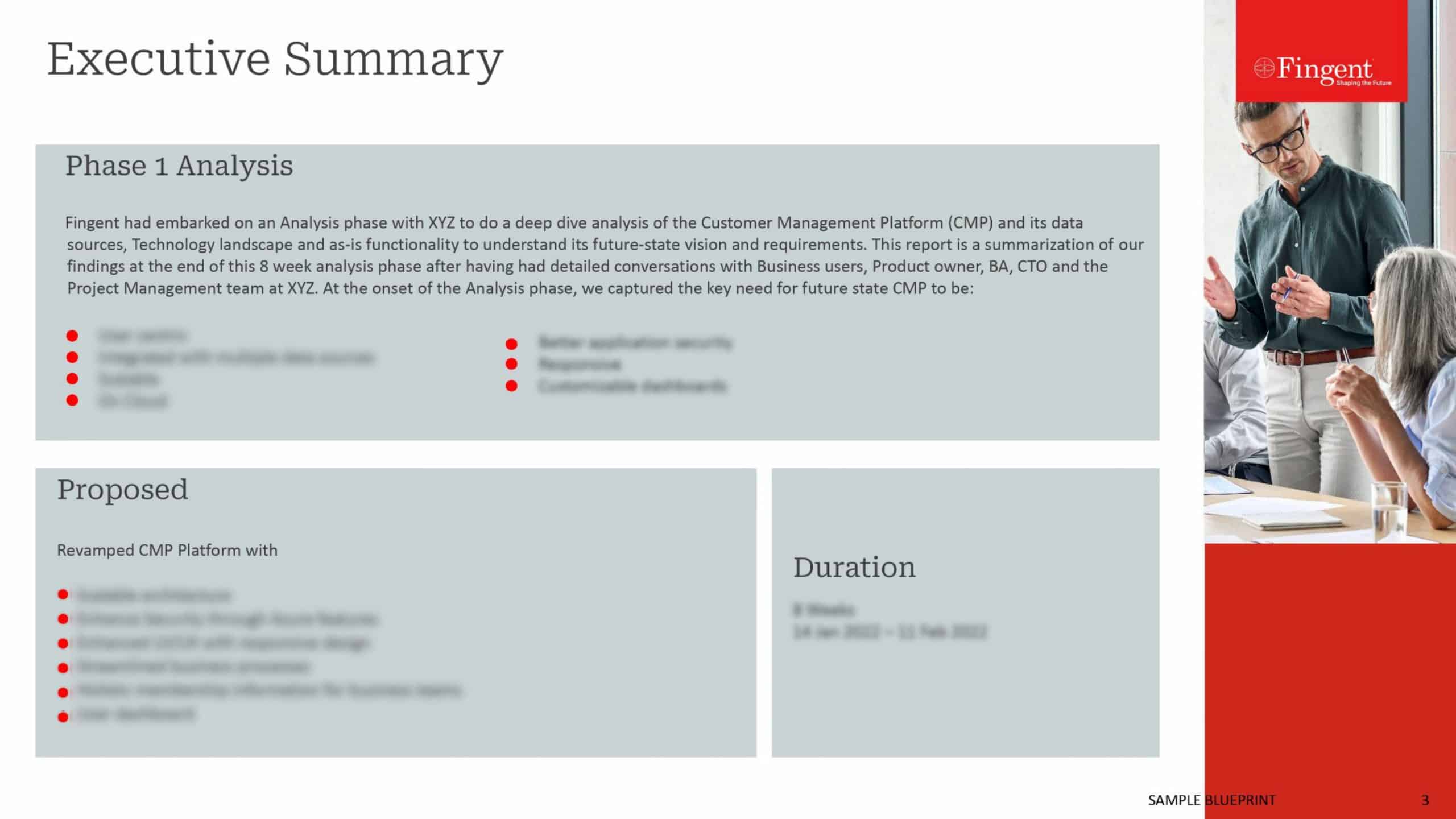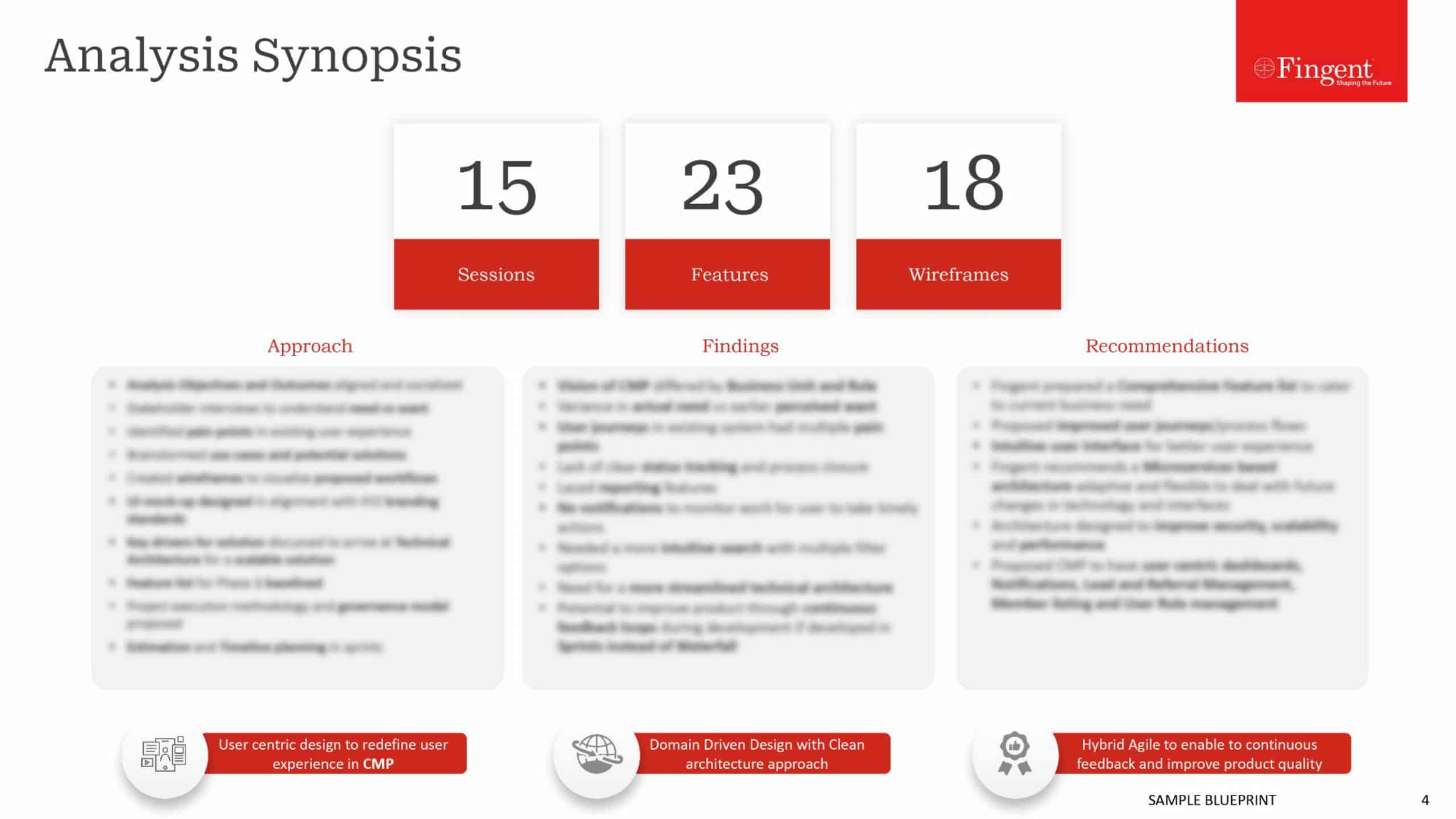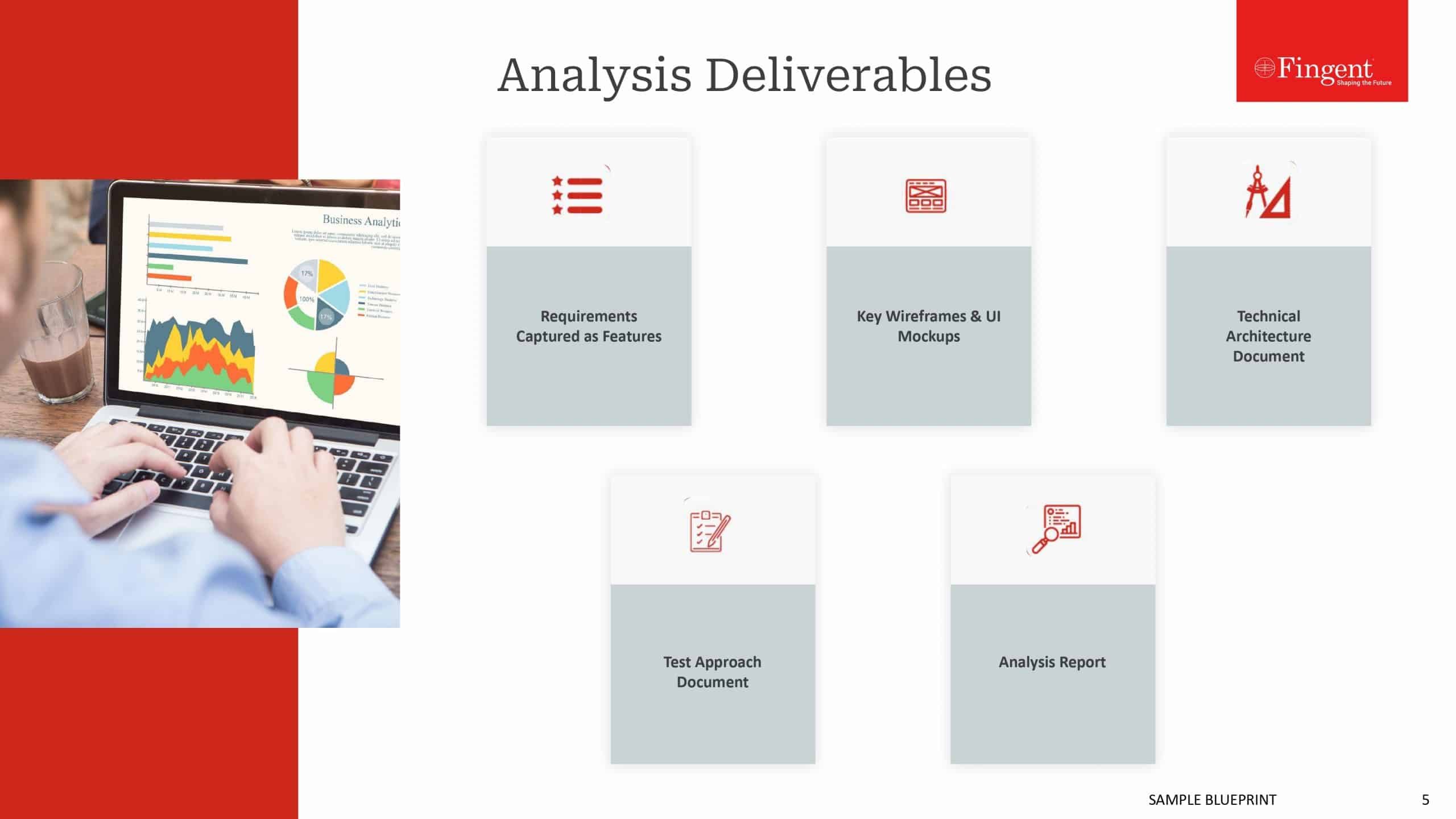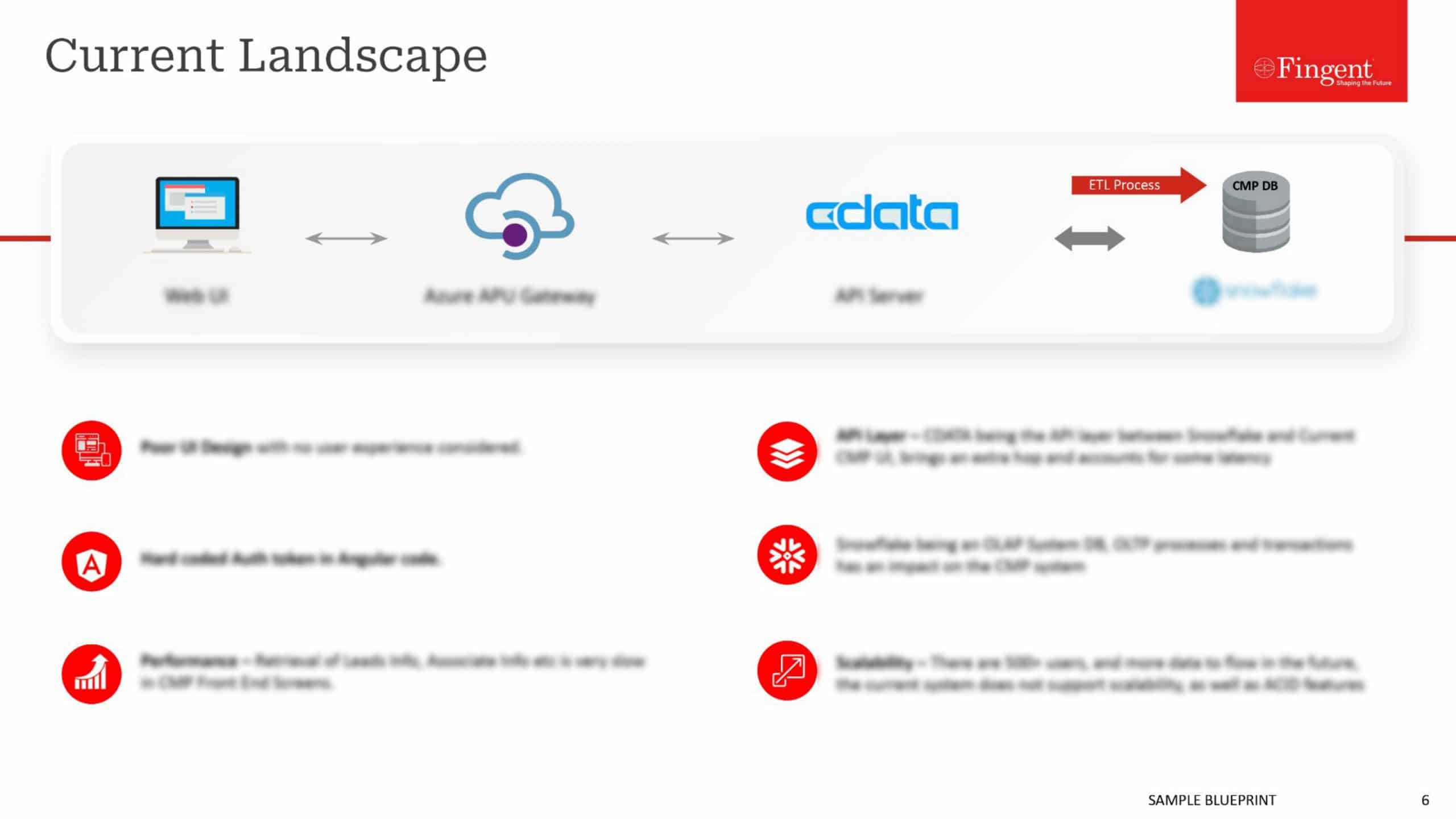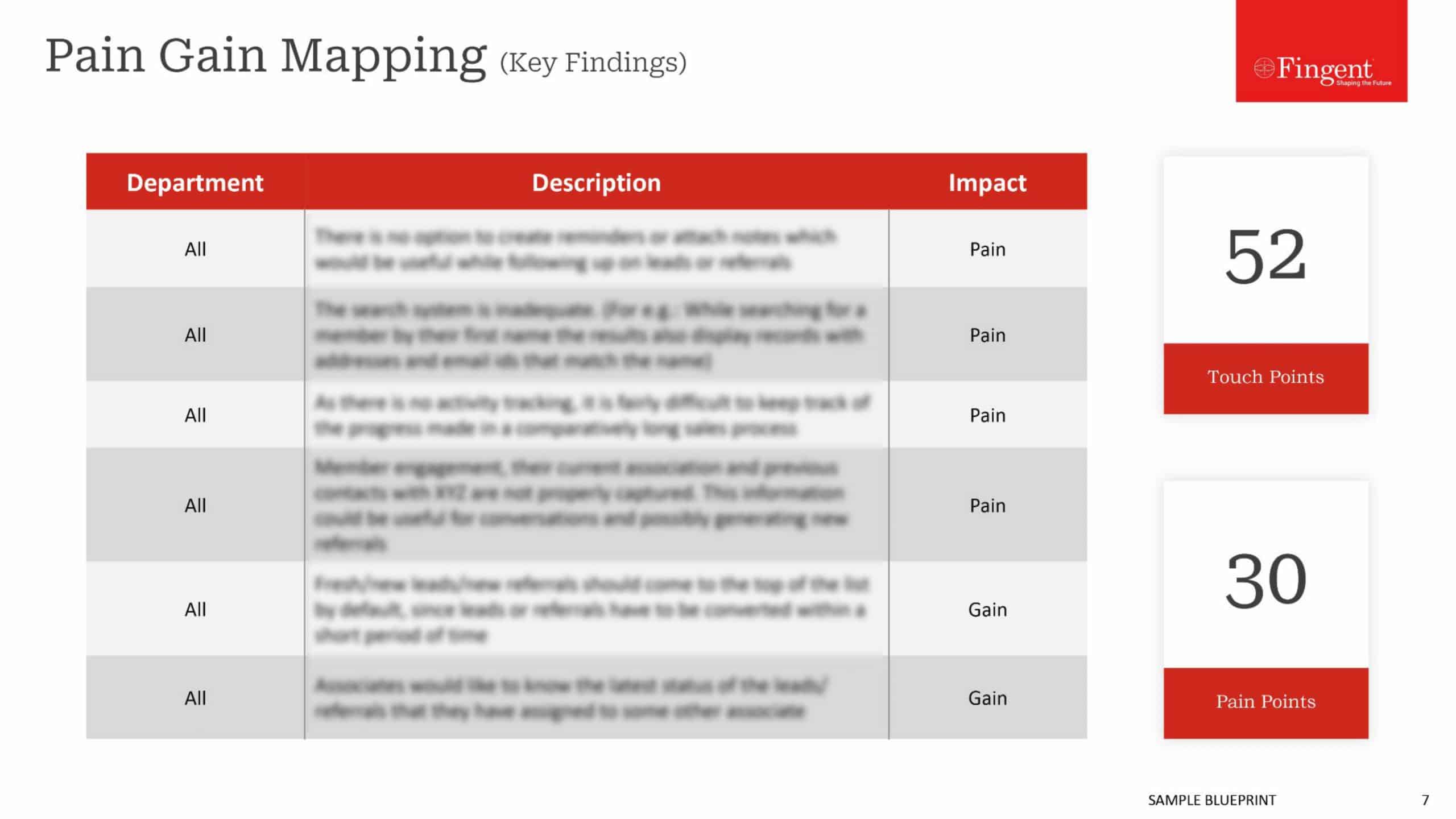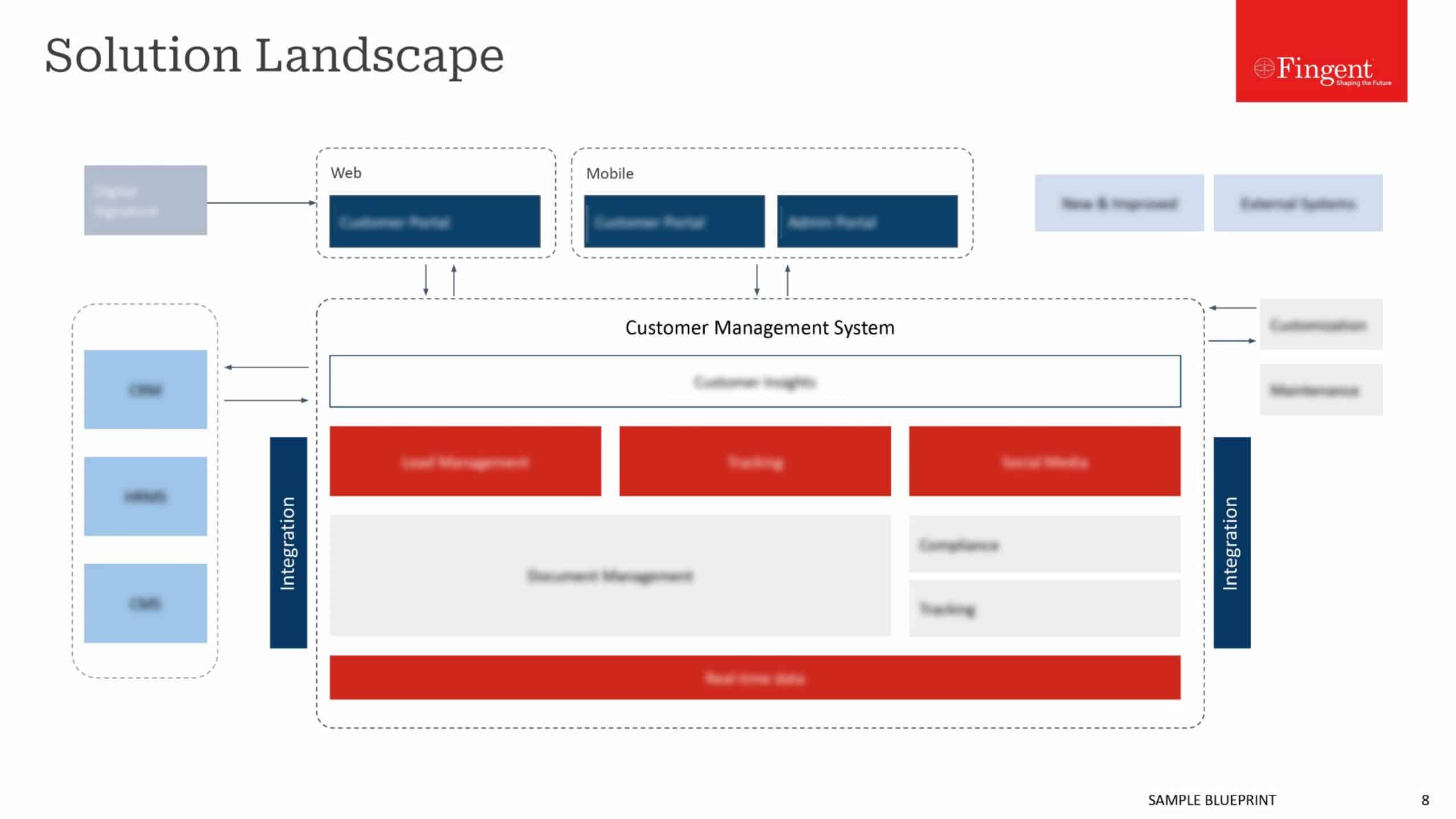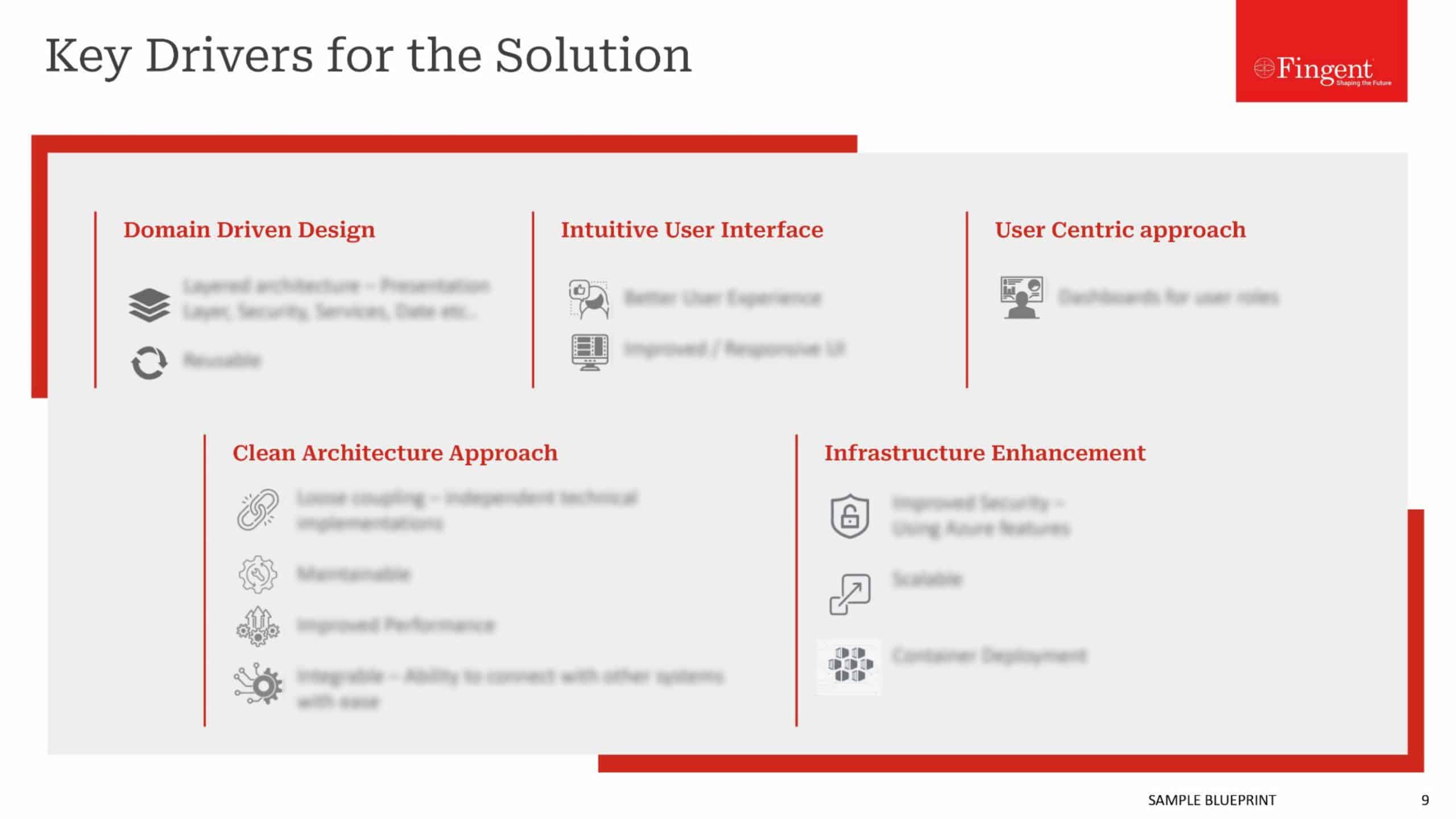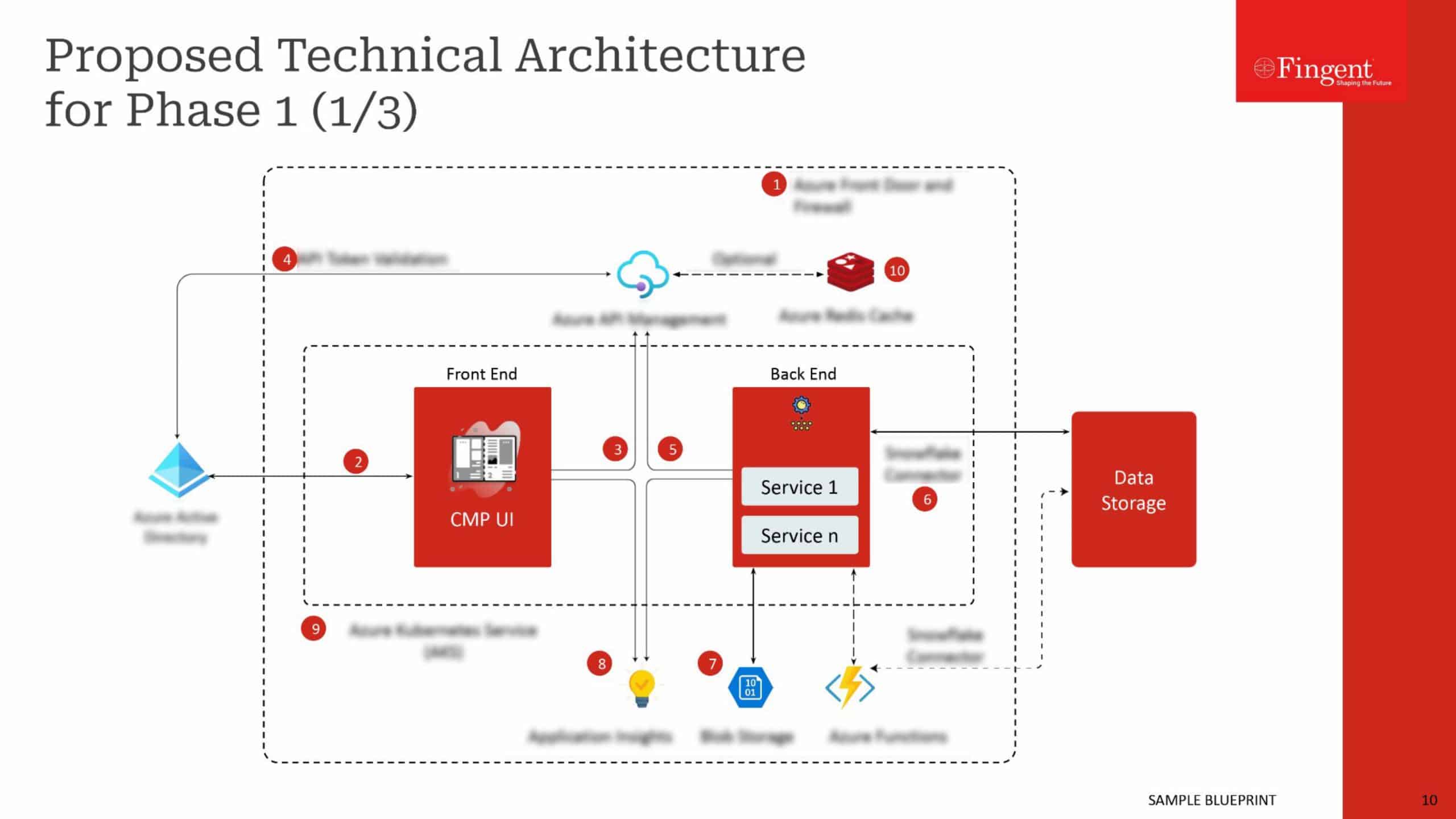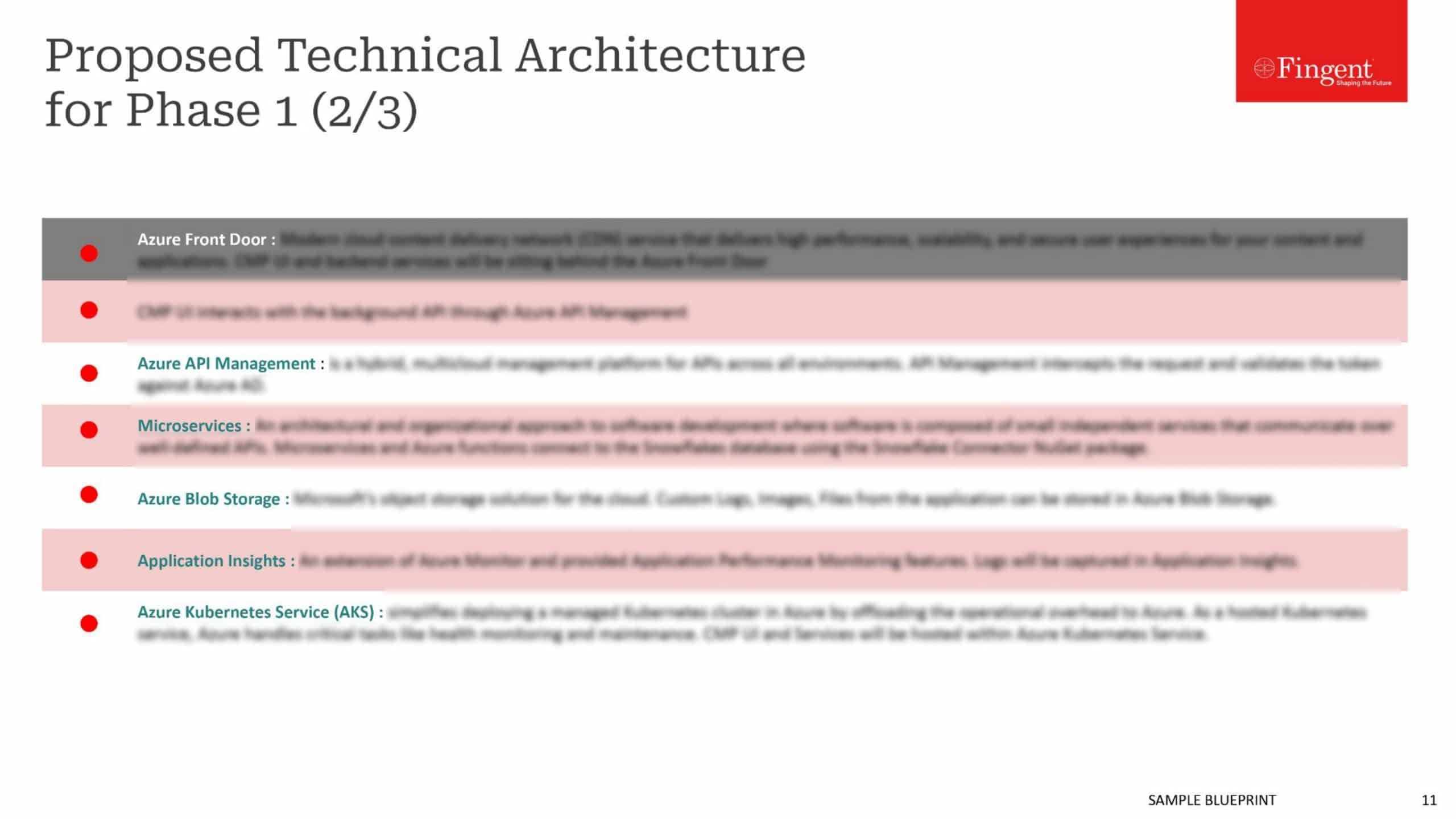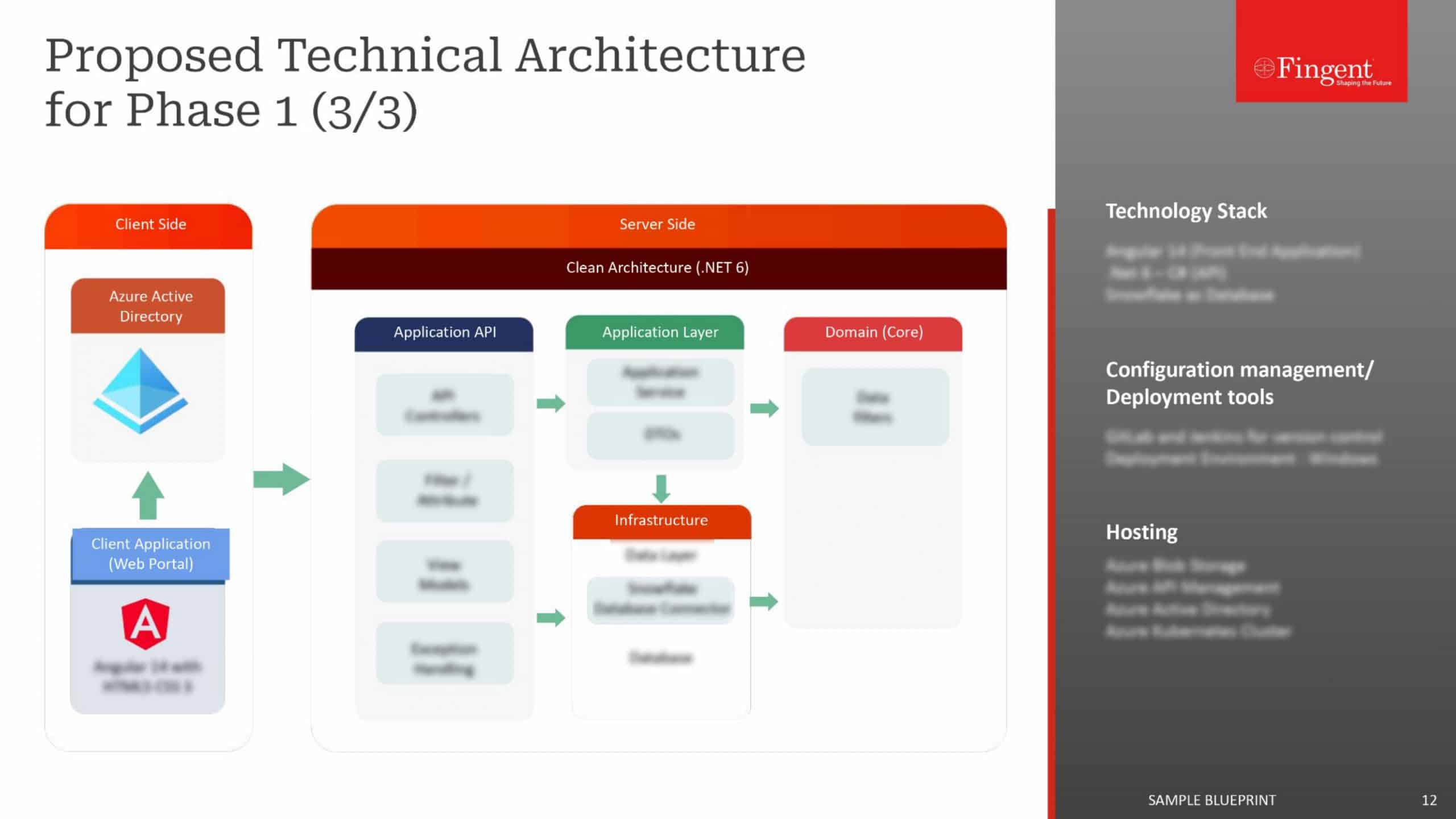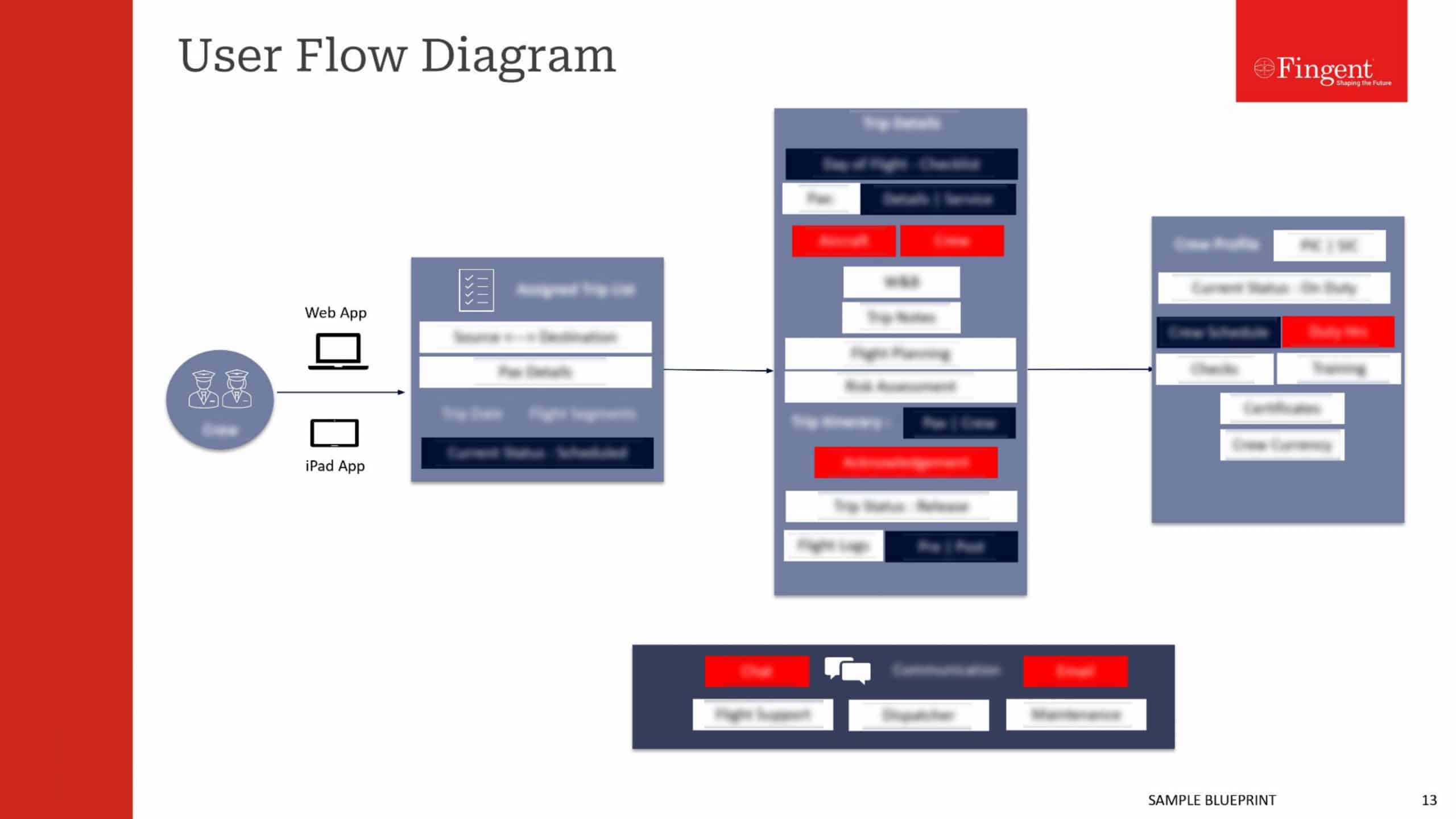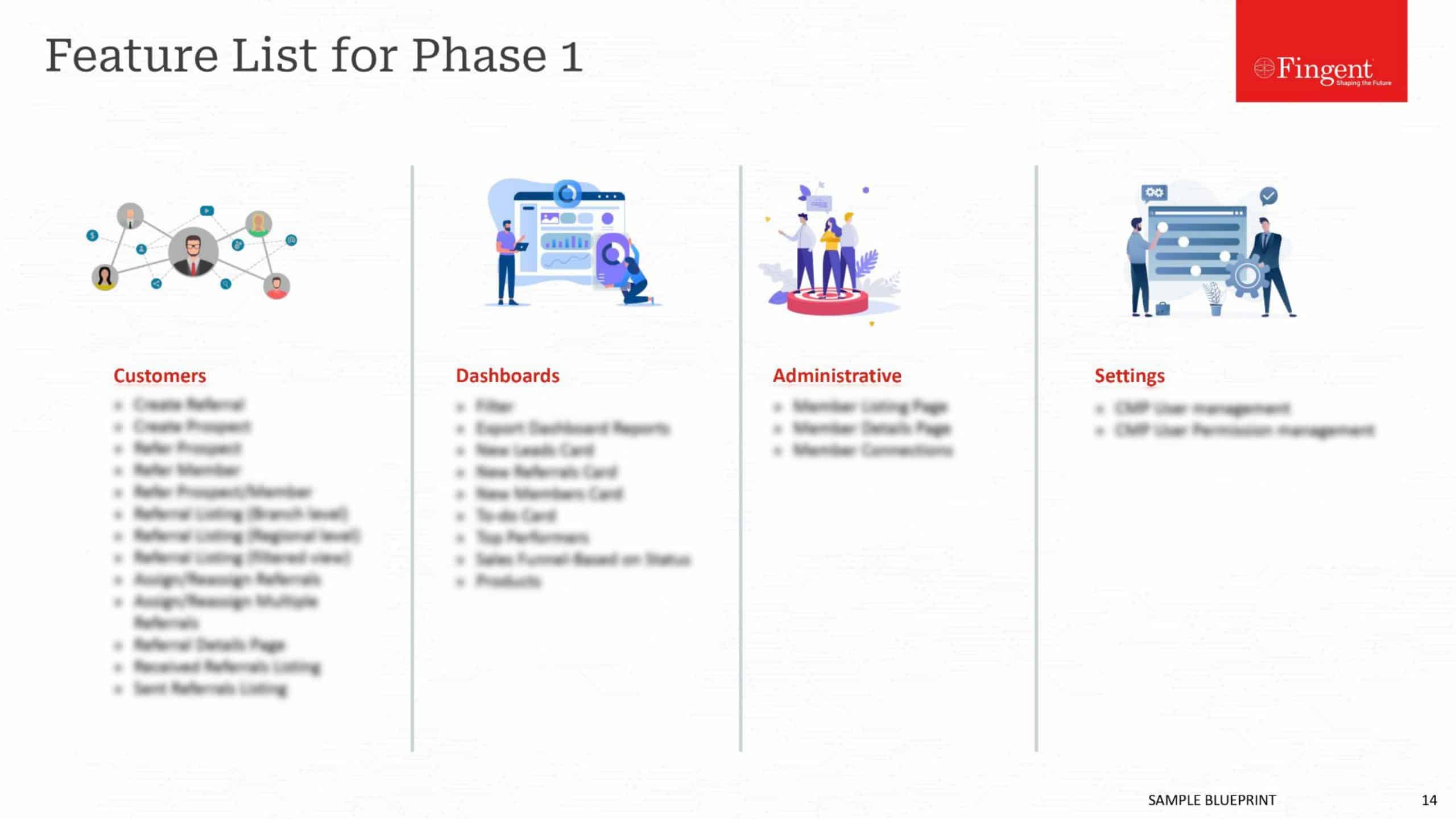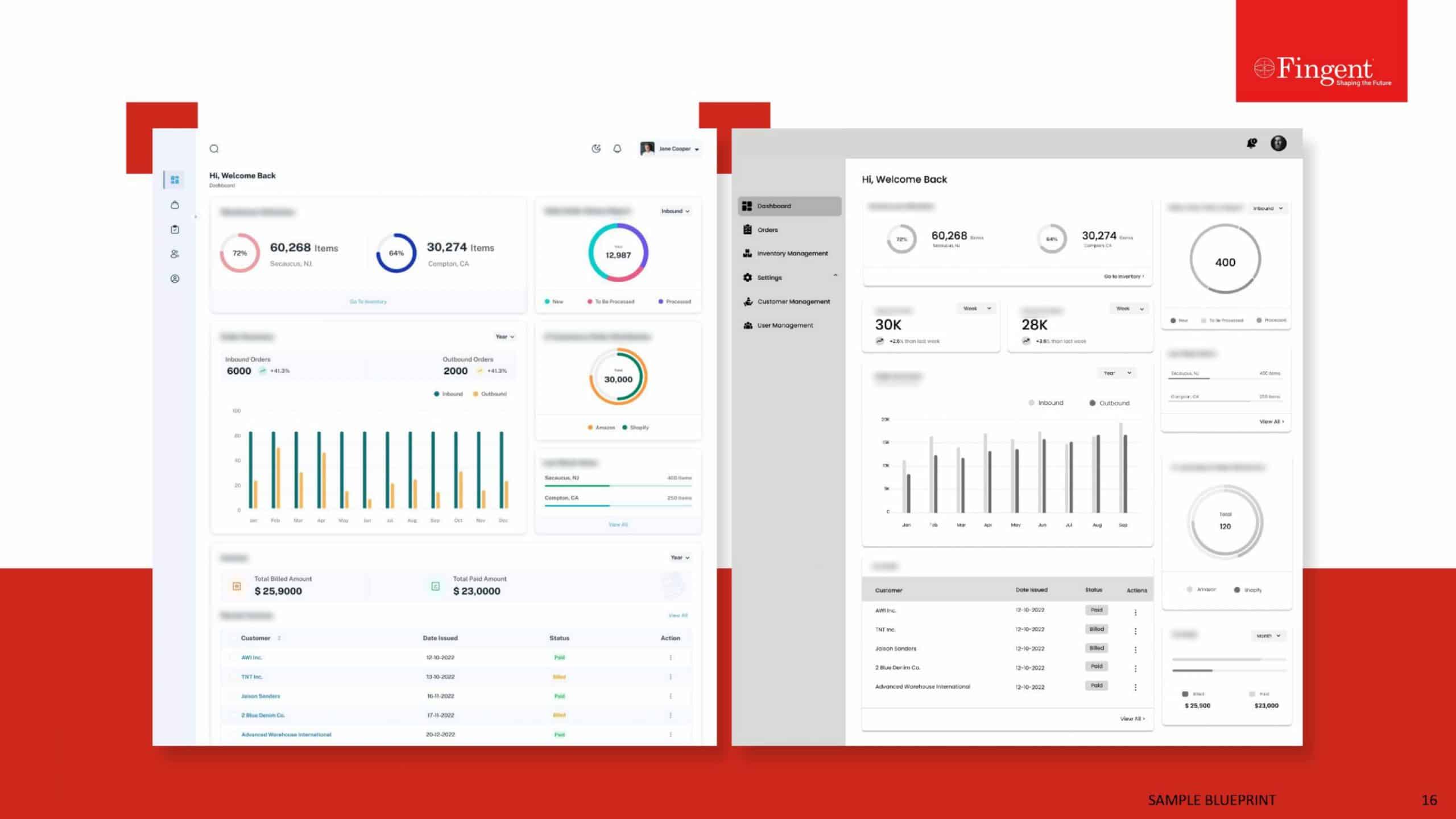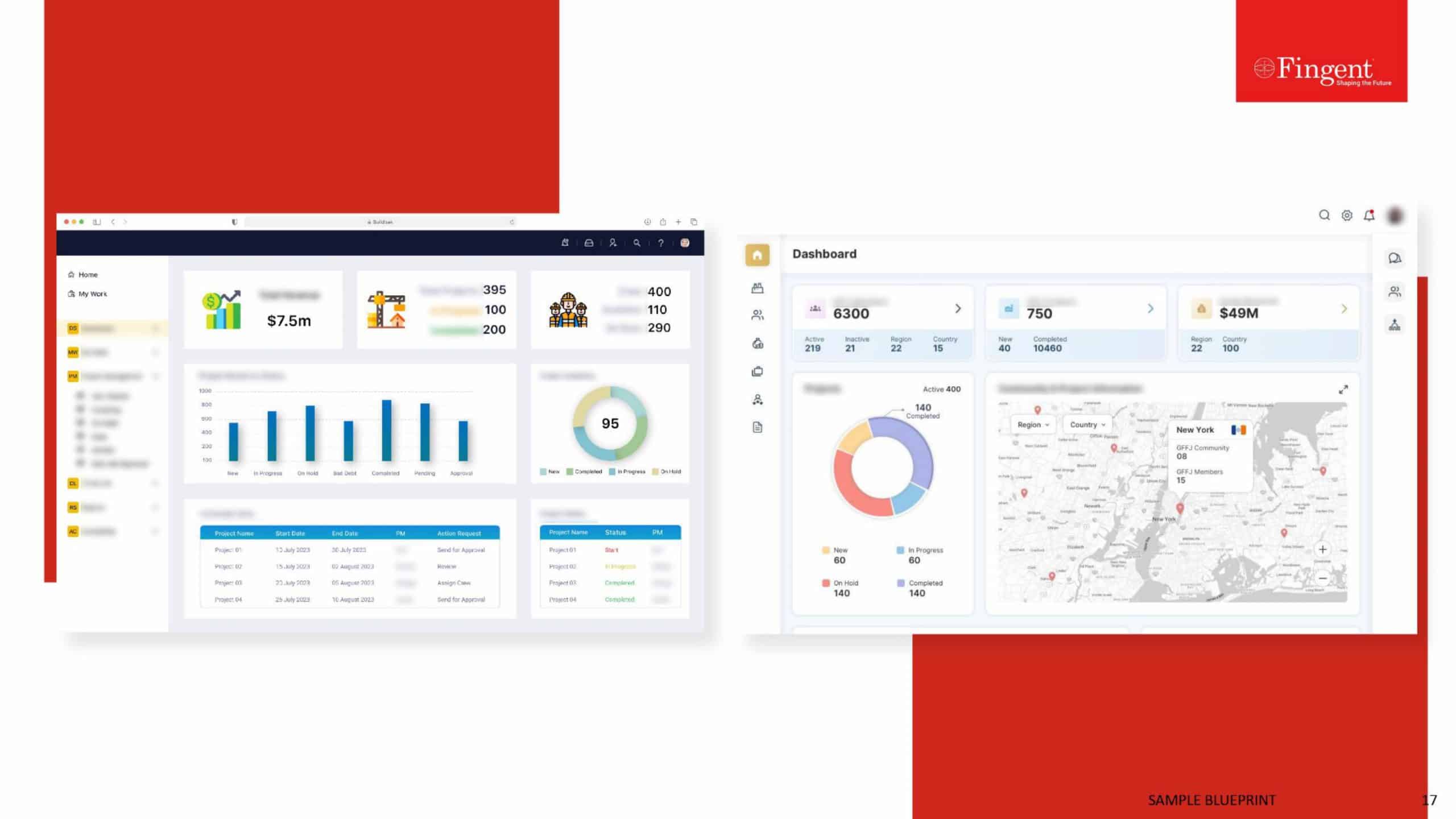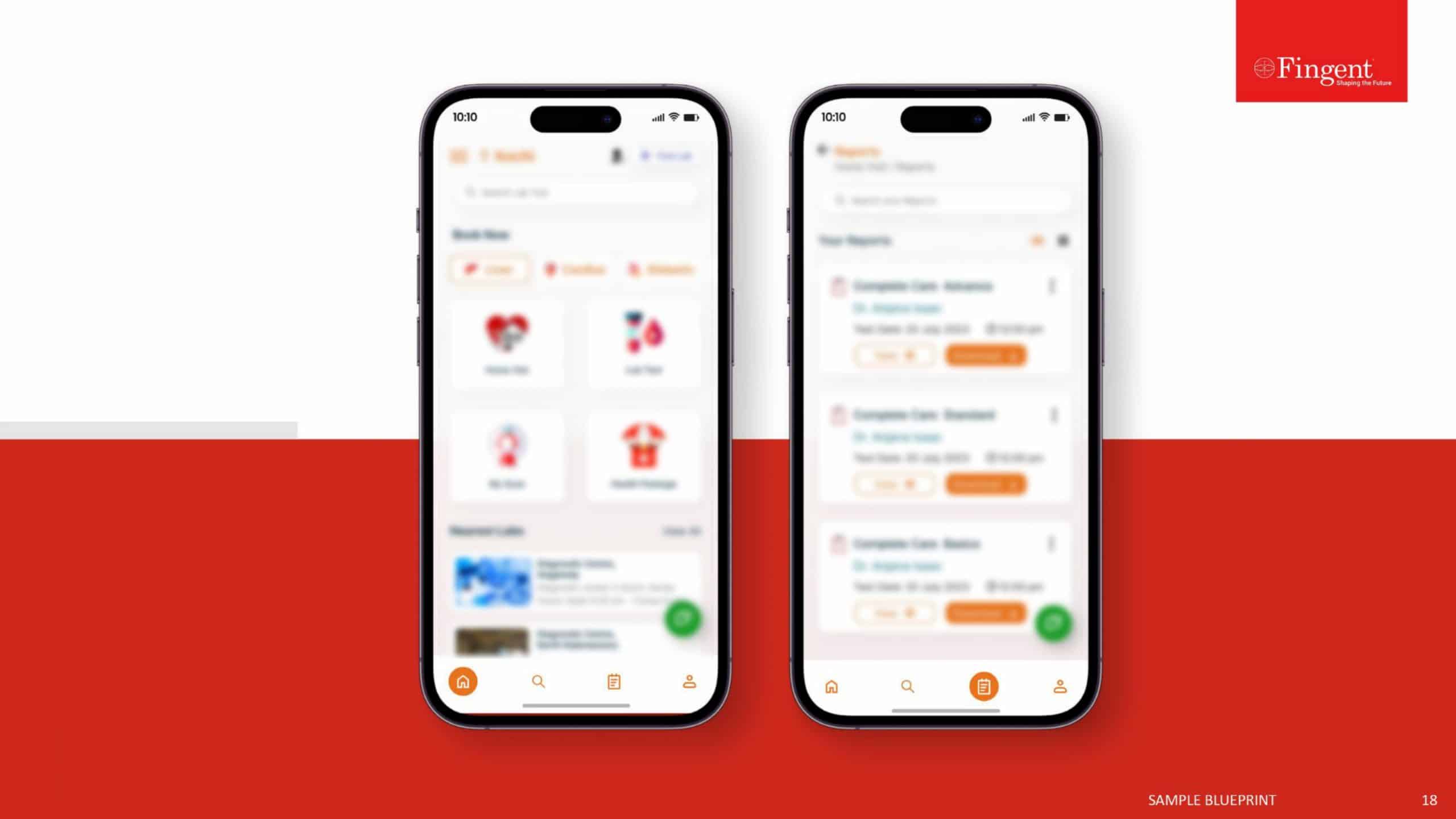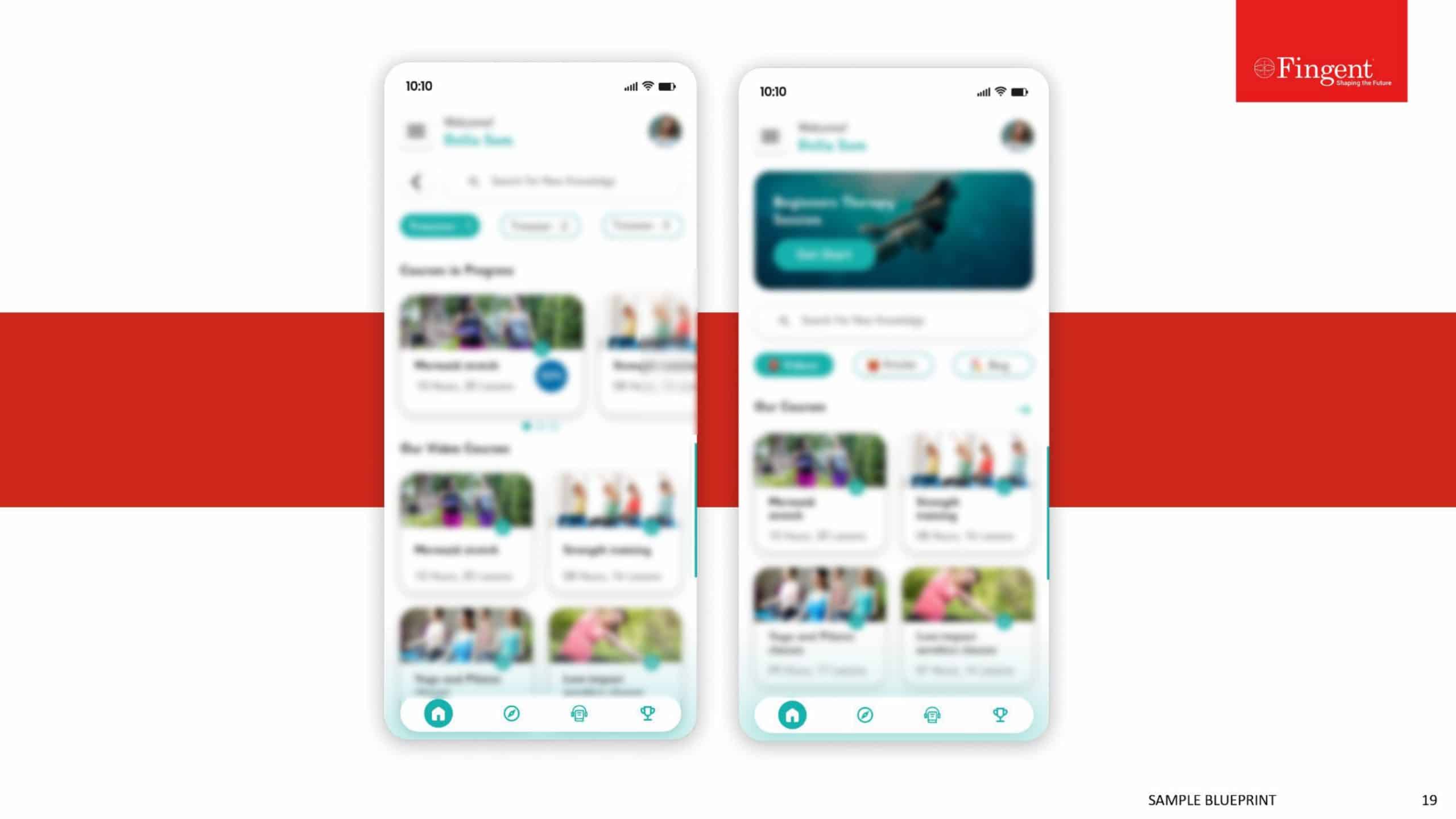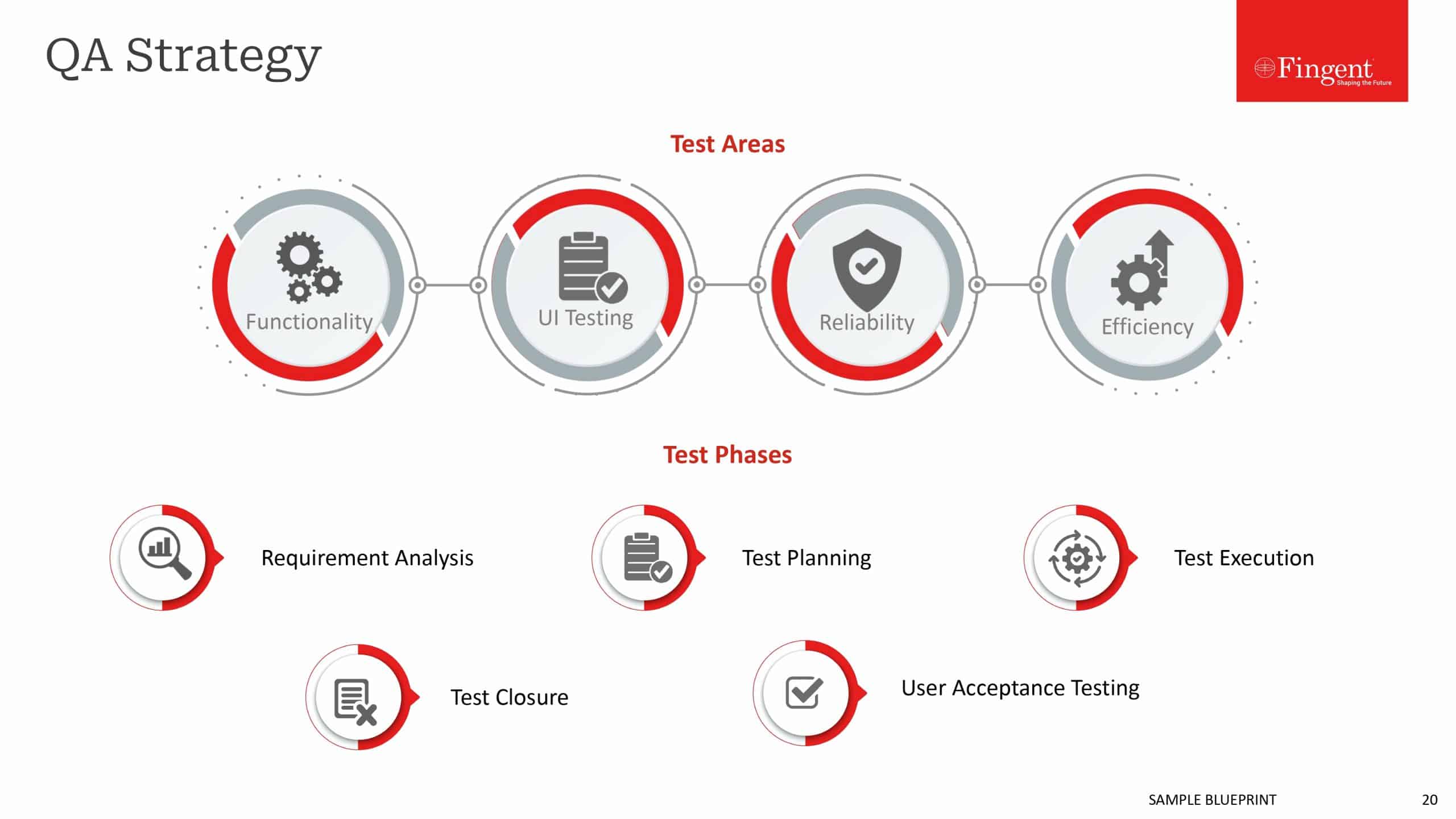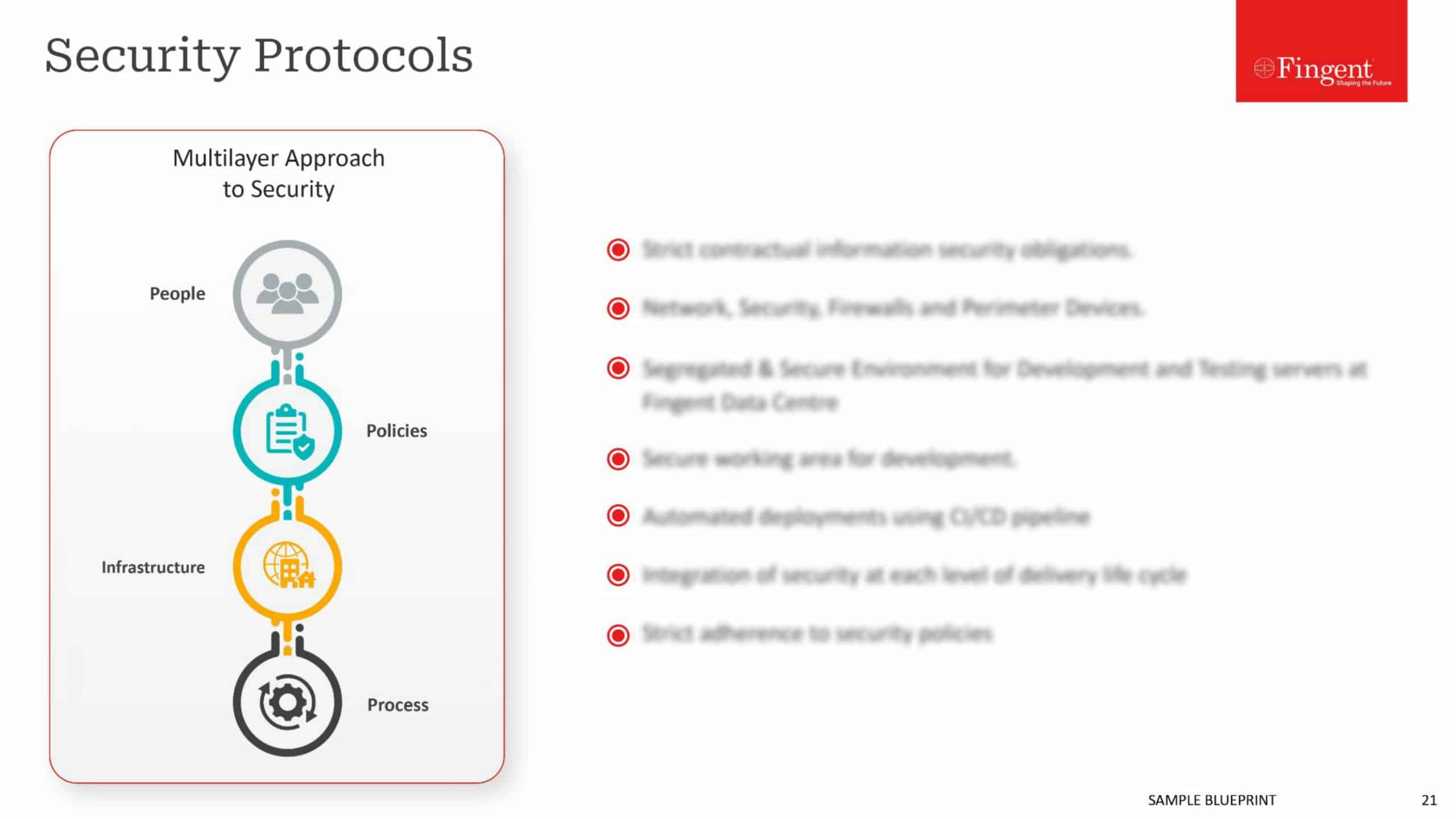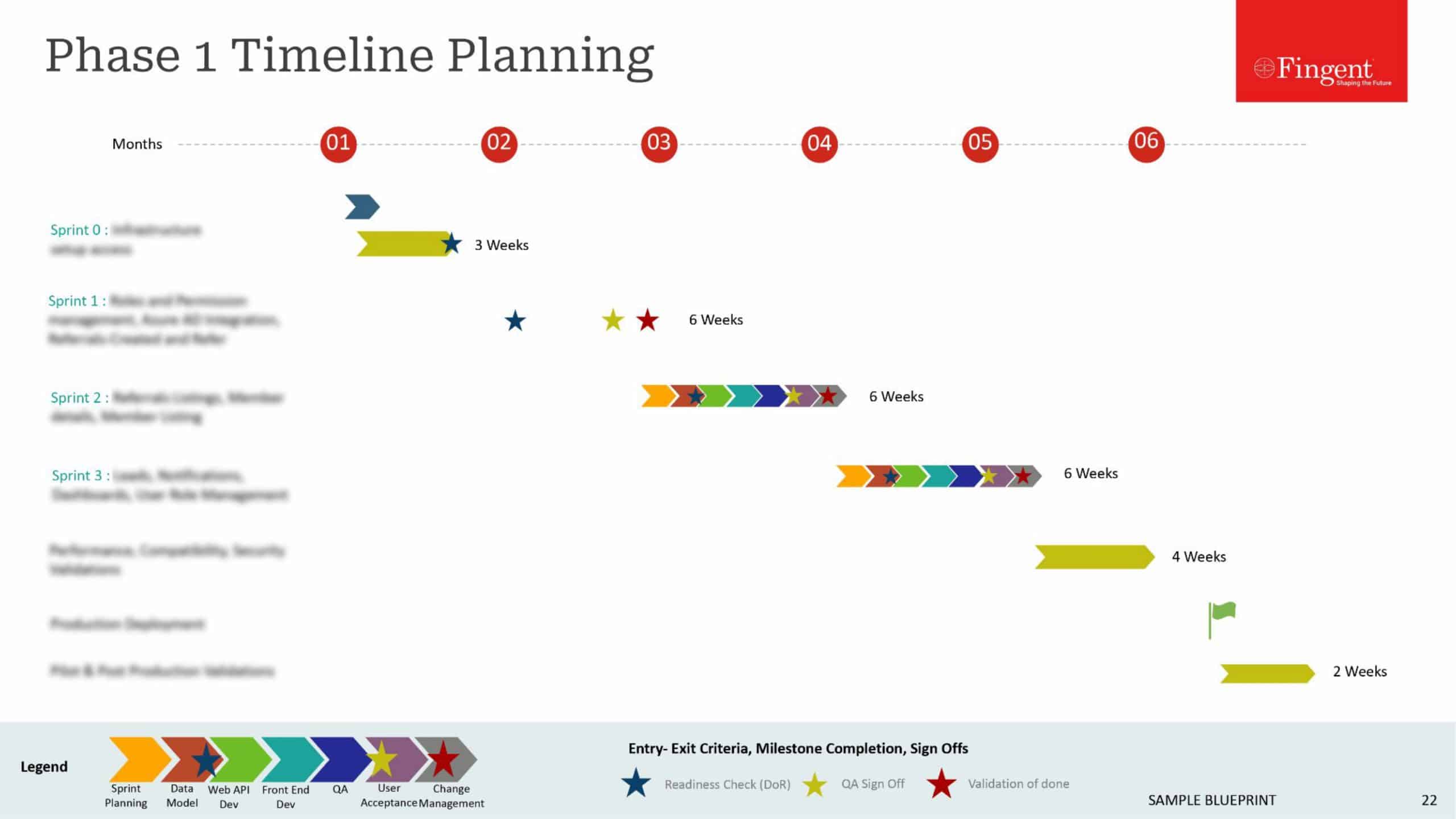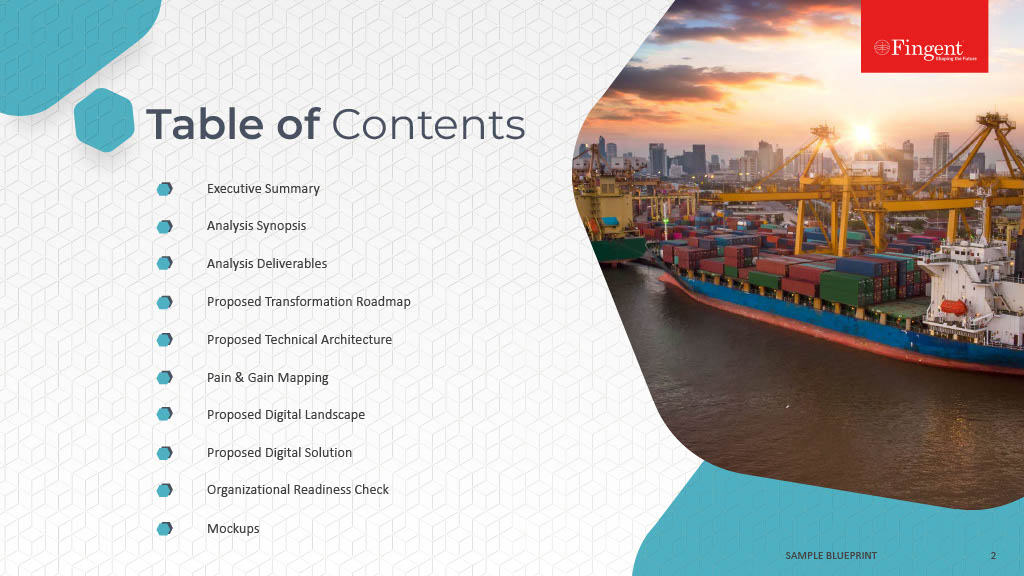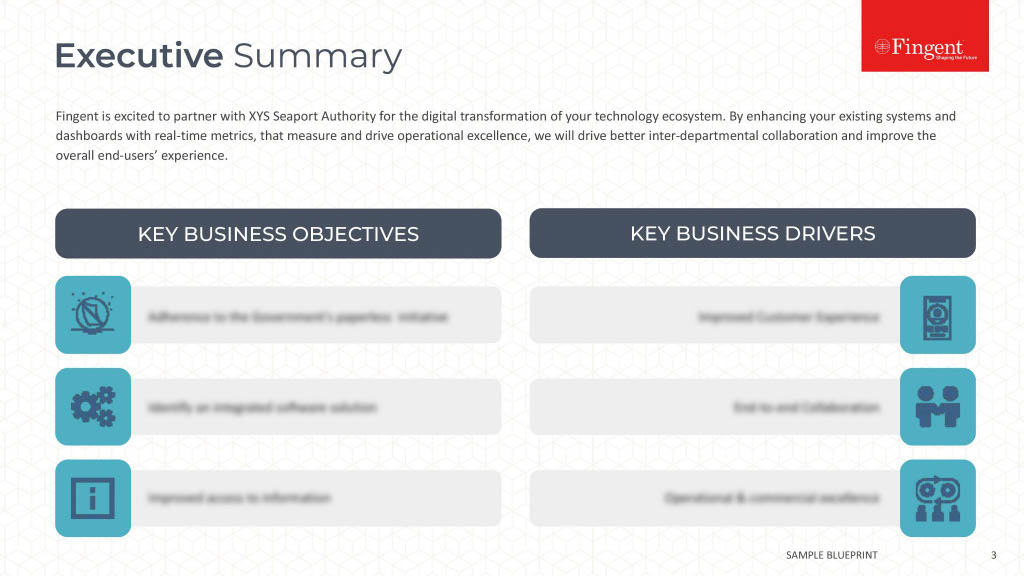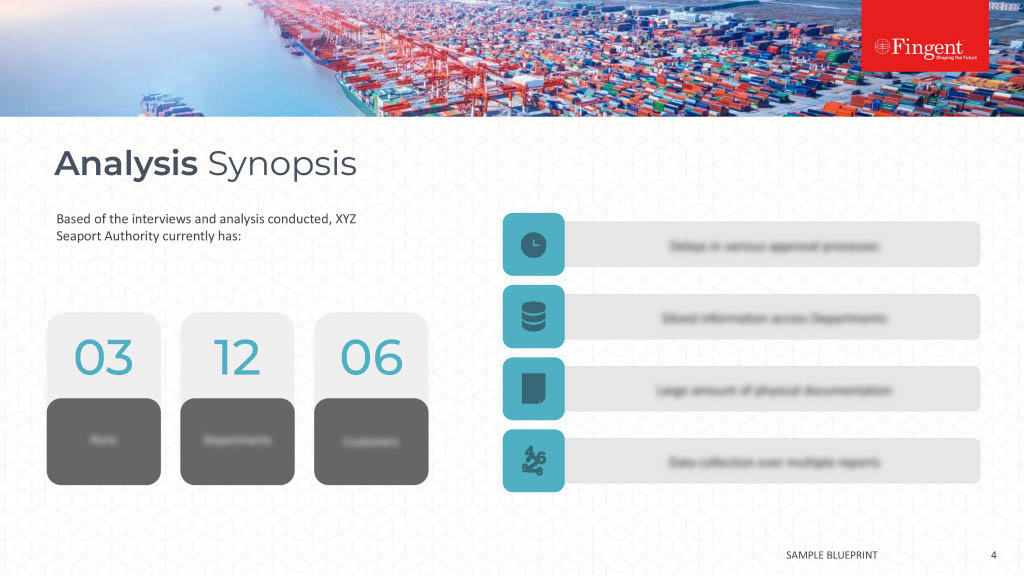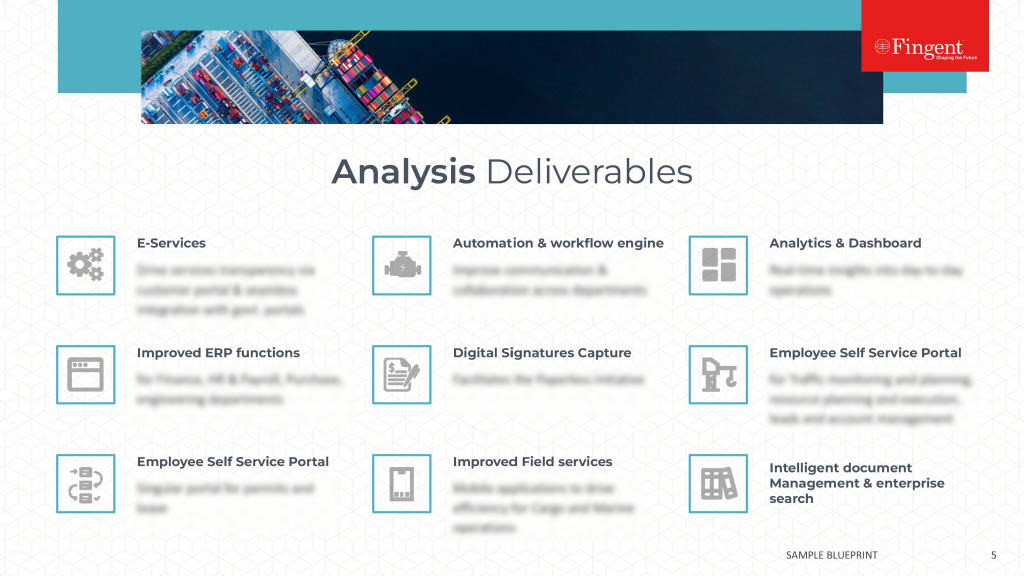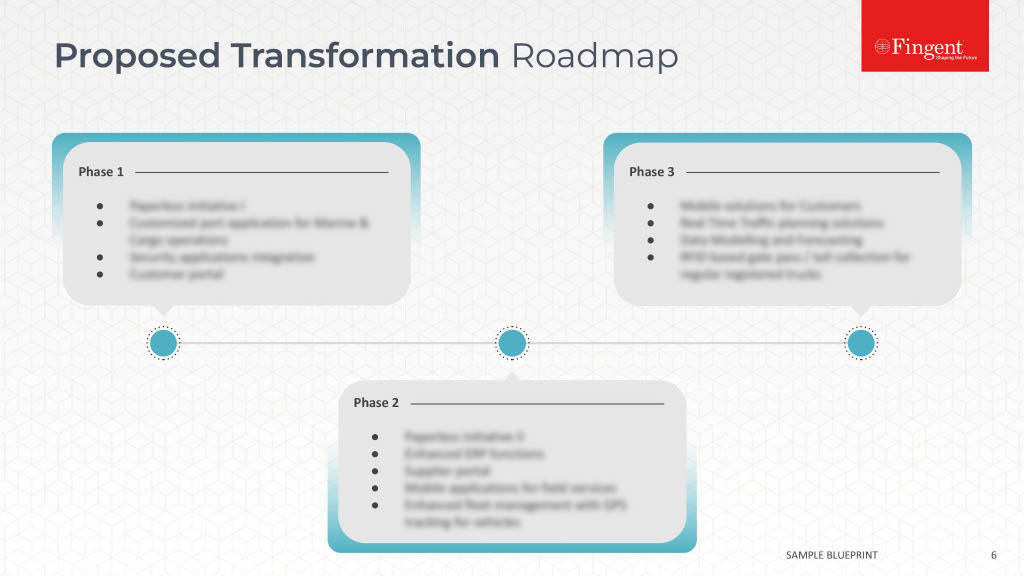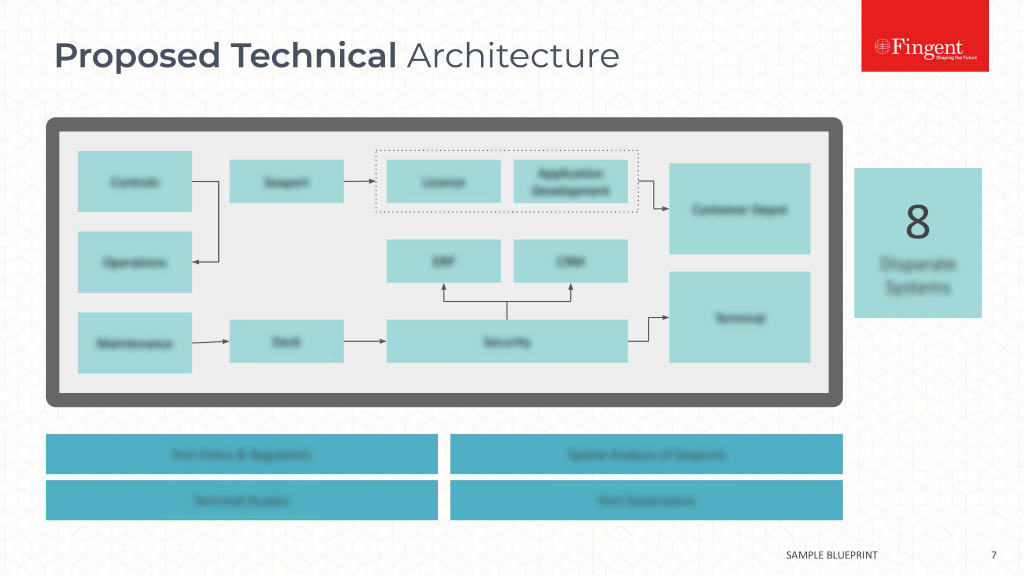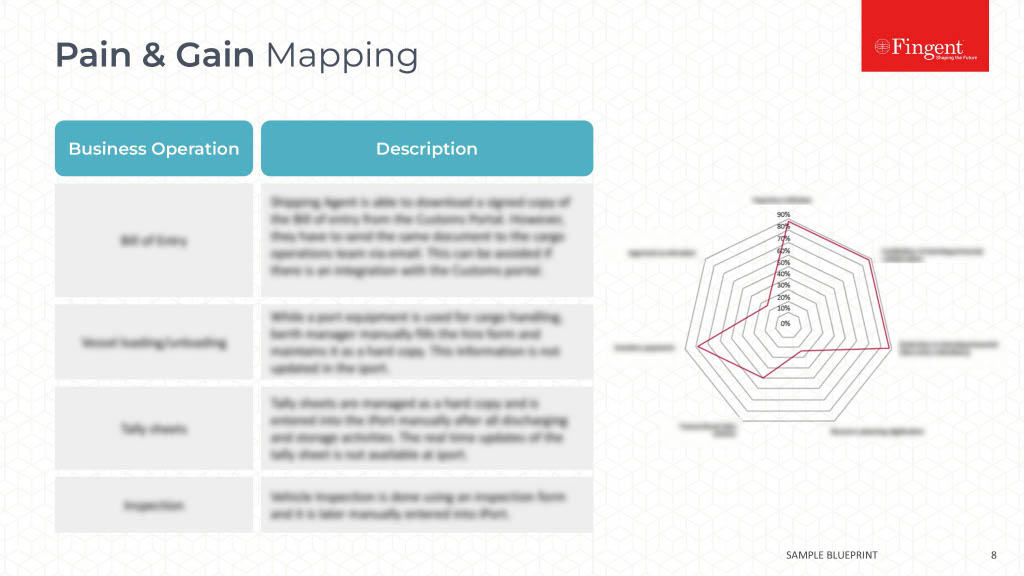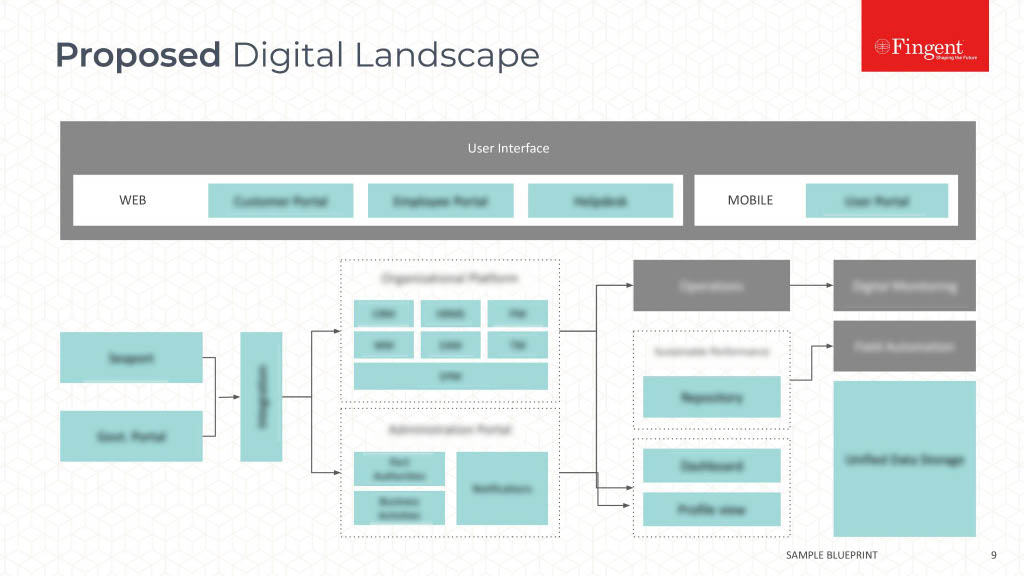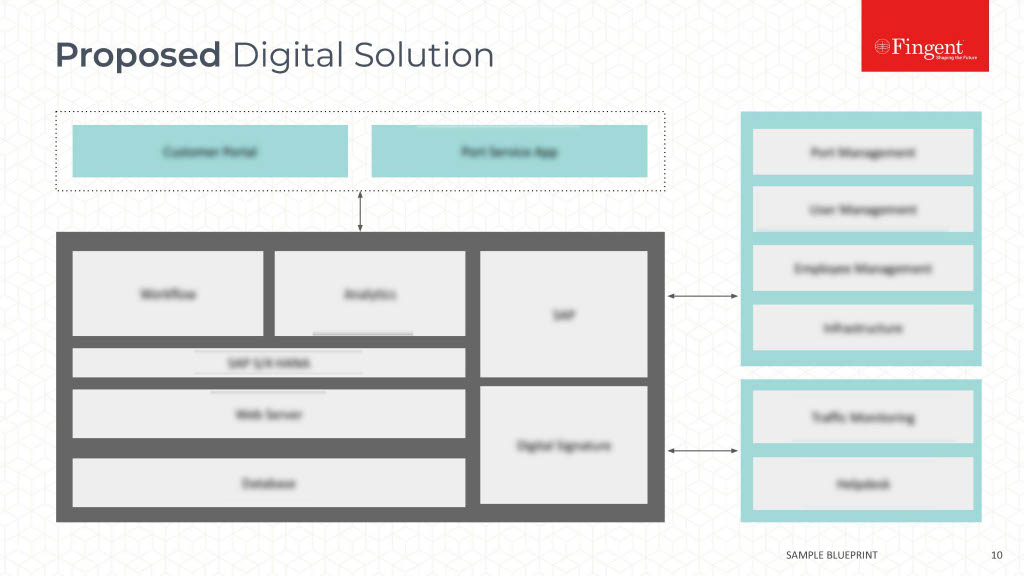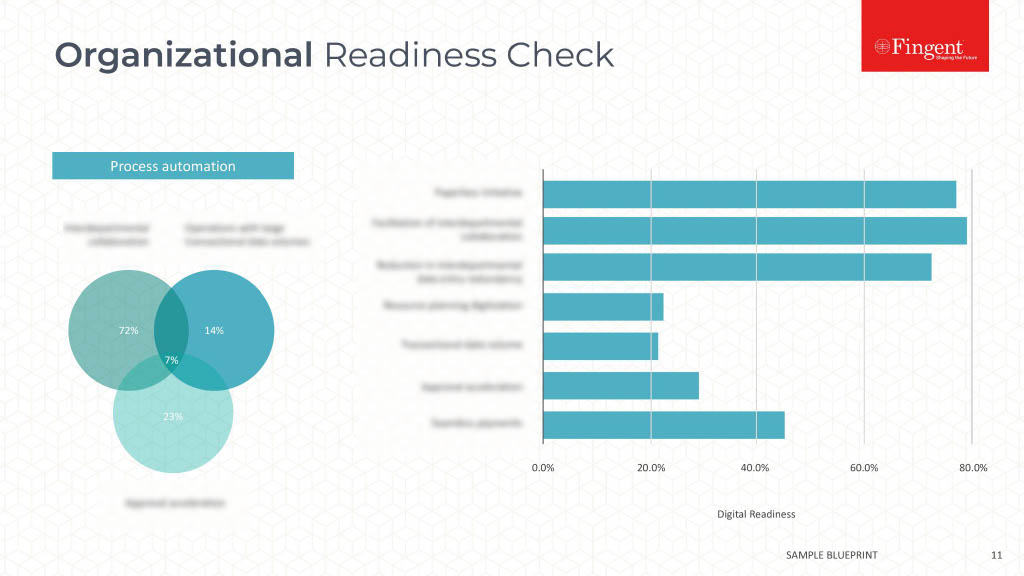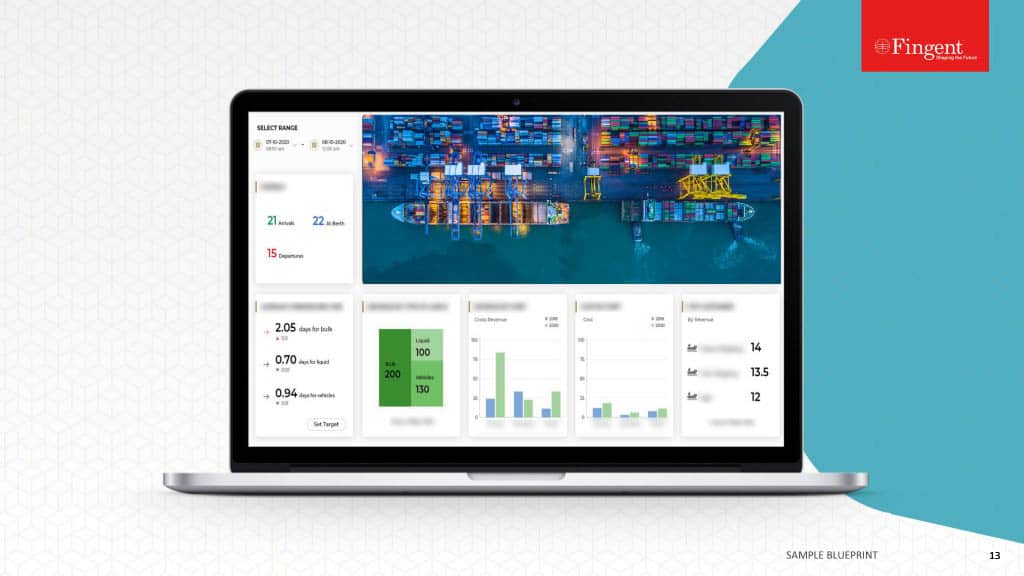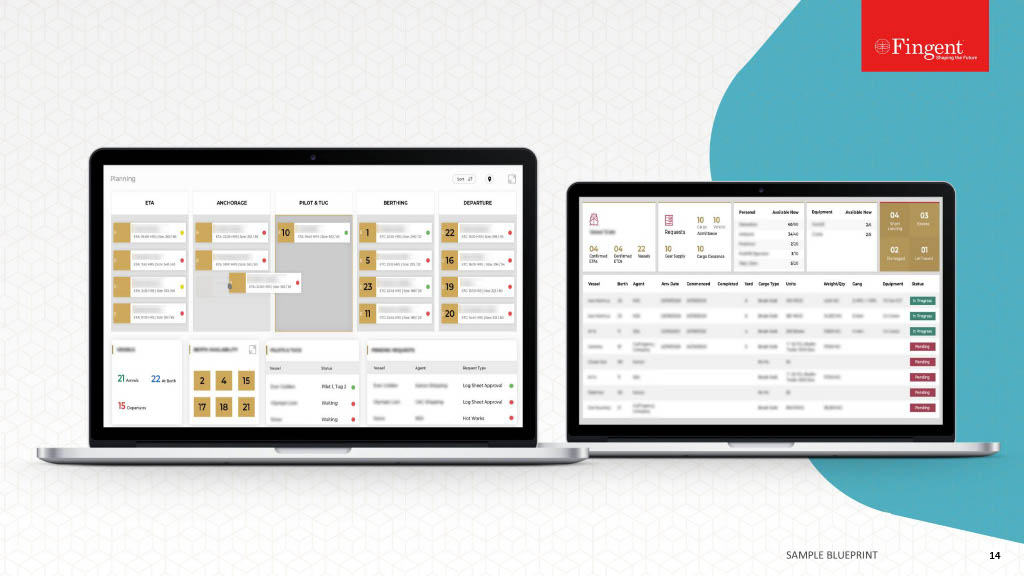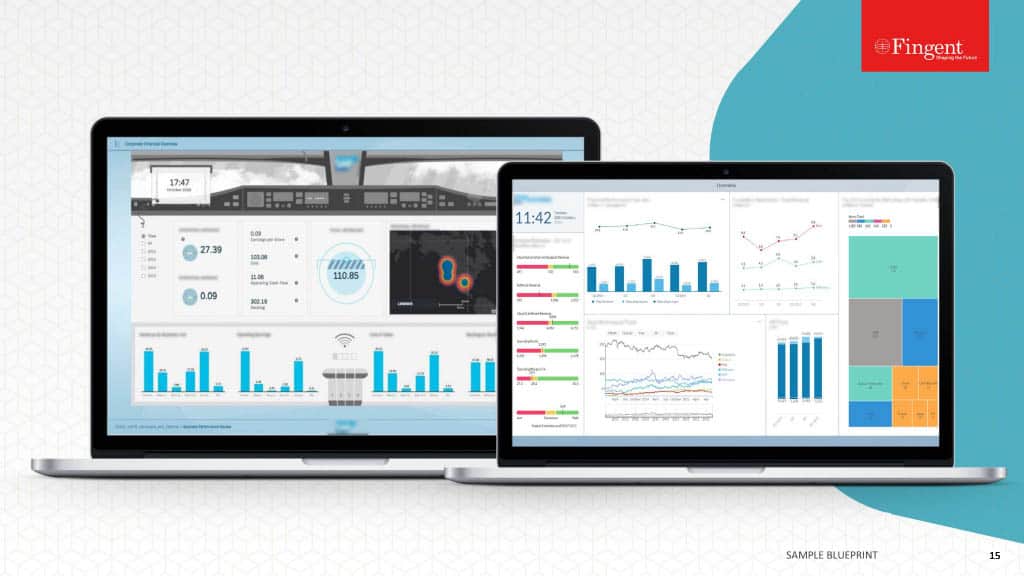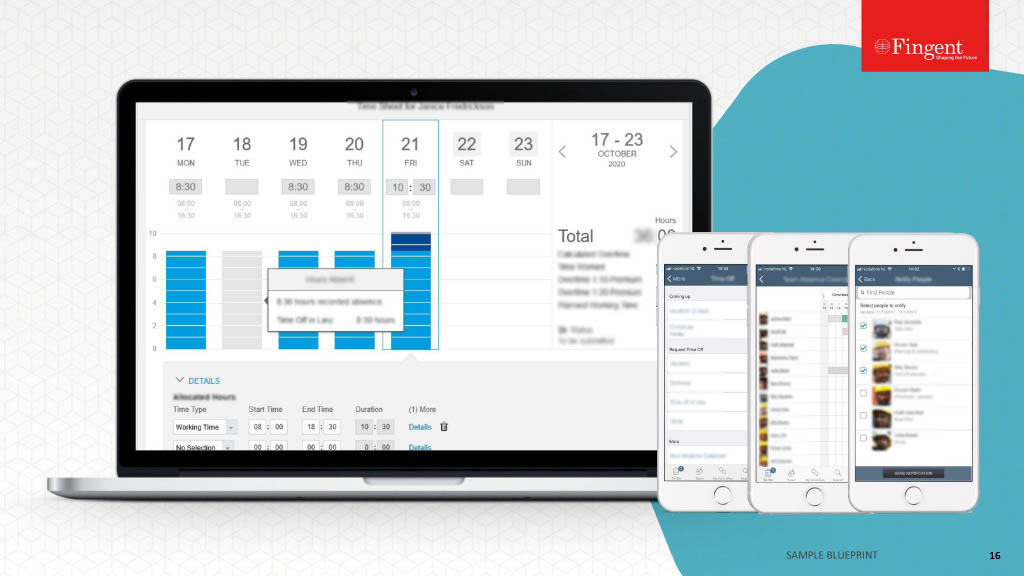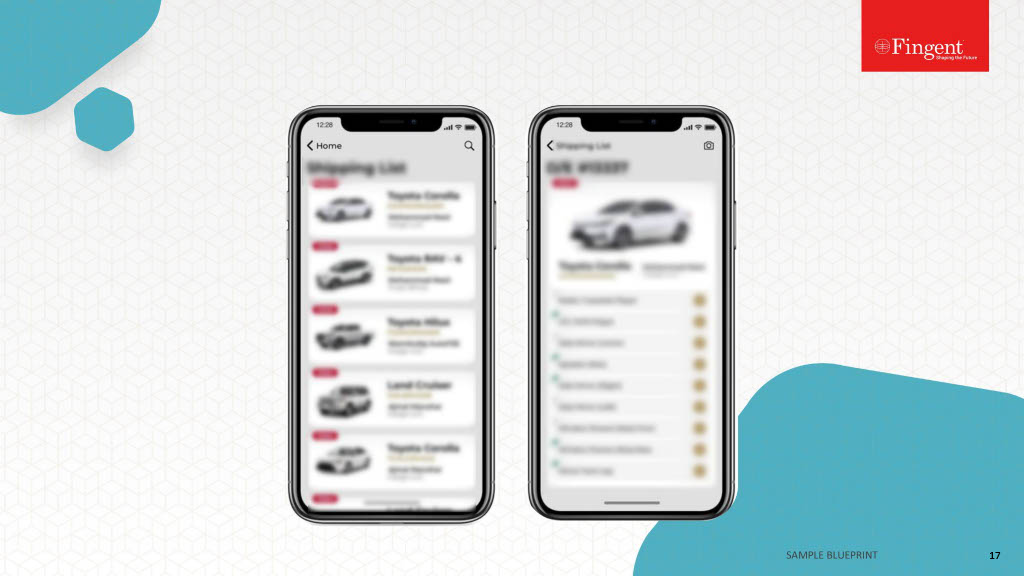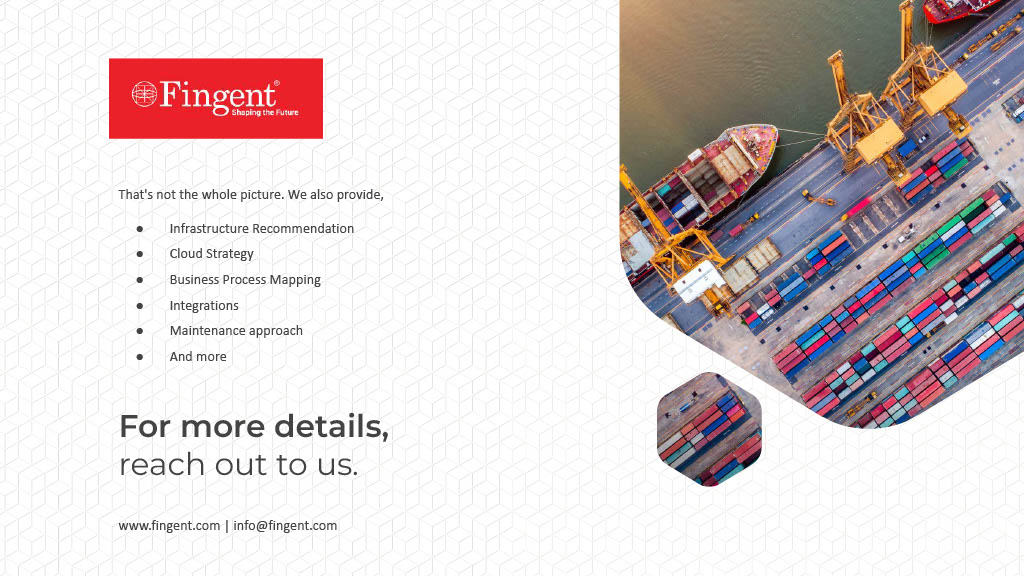Category: Technology
How Machine Learning Systems Detect And Prevent Frauds Without Affecting Your Customers
There is nothing more fearful than imbalanced data, especially when dealing with various payment channels like credit and debit cards in banks and other financial organizations. With the wide increase of different payment mediums, businesses are finding it difficult to authenticate transactions. But Machine Learning has been a viable solution to detect fraudsters.
Machine Learning can be referred to as the ability of machines to learn data with the help of human intelligence as well. According to the latest report by Gartner, by 2022, more than nearly half the data and analytics services/ tasks will be done by machines.
Related Reading: How machine learning can help boost customer experience.
Machine Learning In Making Real-Time Decisions To Prevent Fraud Activities
If a business is able to predict which transactions can lead to fraudster attacks, then the business can considerably lower costs and make critical decisions. While sending sensitive data to a third-party, it is important that the data is not misused for fraudulent activities. This can be done as follows:
1. Using Machine Learning Models
Consider a score produced from a number of algorithms that is a combination of all possible features. This set of algorithms can be termed as a machine learning model. This machine learning model constantly queries these algorithms in order to produce an accurate score that can be used to predict frauds.
Machine learning models can be compared to data analysts who run numerous queries on large volumes of data and try finding out the best from the derived outcomes. Machine Learning makes the whole process fast and accurate.
2. Fraud Scores For Fraud Detection
There always exists large amounts of data. Machines are trained using these data sets that are pre-labeled as frauds. These labels are based on earlier records of confirmed fraudulent activities.
The machines are then trained using this labeled set of data. These data sets are now called as training sets. By a named label, the machine is taught to determine if a new transaction or a particular customer is likely to be a fraudster based on a score of 0 to 100, being the probability.
This score enhances the ability of a business to ensure a considerable reduction in frauds by providing accurate predictions.
Related Reading: Check on to this Infographic to learn more about Machine Learning.
Can Machine Learning Actually Predict And Prevent Fraudsters?
Designing as well as being able to apply algorithms that are on the basis of data sets from the past, enables to analyze frequent patterns in these data sets. These patterns in data via the algorithm are taught to machines and these machines considerably reduce human effort.
These algorithms help businesses boost predictive analysis. Predictive analysis is important for data reduction by using statistical modeling techniques that help in predicting future business outcomes on the basis of past data patterns. In fact, among many businesses, 75 percent of them find growth to be their main source of value, whereas 60 percent of some others believe that it is nothing else but predictive analytics that is the key to deriving value!
Machine learning algorithms are not only used in predictive analytics, but also in image recognition, detecting spam, and so on. Machine Learning can be trained by a 3 phase system.
- Train
- Test
- Predict
So to be able to predict an occurrence of fraud in large volumes of data sets and transactions, cognitive technologies of computing are applied to raw and unprocessed data.
Machine Learning thus facilitates, prediction and prevention of fraudsters for the following key factors:
- Scalability: Larger the data sets, increased is the effectiveness of machine learning algorithms. Initially, the machine learns which transaction/data sets are fraudulent and which ones are safe, the machines are well able to predict such cases in future transactions.
- Readiness: Manual tasks are time-consuming. These are not preferred by clients. Hence, machine learning strategies are used to acquire faster results. Machine learning algorithms process a large number of data sets in real-time to customers. Machine Learning frequently and periodically analyzes and processes new data sets. Advanced models like neural networks have provisions for autonomous updations in real-time.
- Productivity: The need to perform redundant tasks reduces productivity. The continuous repetitive task of data analysis is performed by Machine Learning algorithms and prompts for human intervention only when required.
Related Reading: Check out how machine learning is revolutionizing software development.
Machine Learning Methods – Using White Boxes And Ongoing Monitoring To Detect Fraudsters
What does a machine learning system do? The methods adopted and the various approaches used for this are termed Whiteboxes, as there is no definite method or model to analyze the score obtained. Similarly, regular and ongoing monitoring is critical for a machine learning system to identify the trends and data statistics on a regular basis.
How Fraudsters Are Detected And Prevented By Using Machine Learning
Data sets are initially collected and partitioned. The machine learning model is taught the sets in order to predict data fraud. The following are the steps in which Machine Learning implements and performs fraud detection:
- Data Partitioning: The data is segmented into working in three different phases such as training the machine, testing for data sets and finally, cross-checking of the prediction results.
- Obtaining Results of Historical Data: To obtain such data sets, training sets have to be first provided to the machine that includes input values associated with its corresponding output values. This helps in predicting and detecting frauds.
- Predicting Anomalies, If Any: Based on the input and output data, predictions are determined by analyzing the anomalies or fraud cases in the data sets. For this, building models are used. This can be done by many techniques such as using Decision Trees, Logistic Regression, Neural Networks, and Random Forests, etc.
- Out of the techniques, Neural Networks are quick in processing results by analyzing data sets and helps in making decisions in real-time. It does so by observing regular patterns of frauds in earlier cases of data sets given to it for learning.
In a nutshell, Machine Learning is proving to be the right technology in detecting and preventing fraudsters from malicious activities. If banks start using machine learning systems, it could analyze unstructured data and prevent customer’s accounts from fraudulent activities. To know more about how you can empower machine learning and other technology trends to secure data, get in touch with our custom software development experts today!
Stay up to date on what's new

Featured Blogs
Stay up to date on
what's new



Talk To Our Experts
Adoption of Predictive Analytics
The Commercial Real Estate (CRE) industry is growing. New business models and competition, extensive use of technology, and changing tenant and investor expectations are redefining the face of this industry. Each year brings new technologies that alter the way agents approach their work. As investors are ready to change their business models with a tech-enabled ecosystem, CRE companies and agents will have to adapt to the new demands and technology trends. The market will remain wide open only for those who are ready to accept the change and adapt to new technologies.
Get to know how smart home technology impacts real estate.
This video is made using InVideo.io
Based on the industry market research report on the state of the commercial real estate industry in the US, there are almost 1.3 million properties with an average sales volume of $55 billion. Over the past five years, the commercial real estate industry in the US has grown by 2.6% to reach revenue of $1 trillion in 2019. Moreover, it is estimated that the CRE industry expansion is expected to continue over the next five years.
“The CRE property values (specifically NNN properties) are unique in that the pricing is not driven strictly by the underlying real estate, but also by the lease terms and a single tenant’s credit rating”, says Camille Renshaw, co-founder, and CEO, B+E. This shows the relevance of analytics in tenant/property data.
Related Read: How Real Estate Technology Helps Predict Property Prices
Predictive Analytics Occupy a Pivotal Role in CRE
No investor cares about what the property meant in the past. They are keen to know about the future of the property or how its potential value will escalate in times to come. Here comes the significance of PREDICTIVE ANALYTICS, which uses past and present big data to make reliable, proof-based predictions about the future development of a property.
CRE is an industry sector that contains an abundance of data. Over the past years, analytics are slowly taking up its role among numerous listing sites. Its chief role is to provide both buyers and sellers more context about the property and its qualities. However, analytics that really benefits CRE agents is still a rare thing to find. This is where predictive analytics comes into place.
Predictive analytics tracks consumer (basically buyer/seller) behavior to understand the conditions in which they are most likely to buy or sell. This helps an agent to better utilize their time and resources, which in turn maximize the overall sales. It is expected that over the next few years the adoption of predictive analytics in the real estate industry will accelerate. Besides, studies also show that predictive analytics is one among the many real estate technology trends to follow in 2019.
CRE companies/agents can achieve clear and practical insights for different strategic actions that they must adopt by combining data from different sources and advanced analytics technologies. This includes predictions like analyzing the tenant’s benefits due to flexible leases, customer and traffic information for a retail center or staff usage information for office space, etc.
Features like heatmap analysis, property rental calculators, projected revenue charts, return during lease analysis are a few examples of predictive analytics that agents generally use to showcase how a property will perform in the future and its possible return on investment.
Related Reading: Check out how Fingent provided integrated Prop-Tech Solution for real estate brokers.
How Predictive Analytics Benefits the CRE Industry
Predictive analysis allows an agent to suggest the perfect property that matches their investor preferences, expectations, and goals. This saves time and risk by providing the investor with a reliable return on investment metrics based on past and present data as well as the future expected trends of their investment.
It also allows the agent not to have any specific financial background, as the analytics platform does its job to suggest a property that guarantees to provide its investors with positive cash flow and high return on investment.
It is possible to carve analytics, which can even identify the ability and education levels of possible agents from a list and suggest it to a CRE company based on use cases.
Many AI-based applications help its agents or even investors to get a detailed and personalized report by simply providing basic information like area, the fund available, risk level, expected CAP rate, etc.
In addition, such tools can even be customized for agents that will give them answers to queries like:
- Is this the right time to invest?
- What would be my ROI – maybe in the next five years?
- Neighborhood status and track record?
- How much is my existing portfolio worth?
Such predictive recommendation engines have proven to foster deeper engagement and increase ROI. For instance, Amazon’s predictive recommendations had a success rate as high as 60% in some cases.
Related Reading: The Impact Of Big Data Analytics and How it is Changing the Real Estate Industry
As a CRE Company, What Must We Do?
Developing an enterprise-wide strategy and supporting it with a sound technology core has turned out to be important for a commercial real estate company. This must be supported by data gathering and analytical techniques. According to the CIO surveys performed by different agencies, only one-fourth of organizations globally across industries have currently in place an enterprise-wide digital vision and strategy.
A solid technology strategy that is spread across the industry stands as the first step towards effective technology deployment and integration. More efficient utilization of IT budgets and resources also needs to be considered. This will include evaluation of how data capturing is performed, use of predictive analytics, advanced tracking and reporting management AI tools. A well planned and phased deployment of technology will likely yield amazing results than waiting for your turn and jumping into the development and implementation process.
However, there are a few things that require consideration before starting to work with a PropTech company. A CRE company must admit the fact that, when starting off working with a PropTech firm, they must not consider them just as vendors of a product or service, as this can very well limit the range of benefits that the company can achieve.
Instead, try partnering with them on potential innovations. Identifying a single point of contact to take up conversations with PropTech and a coordinated approach supported by guidelines to evaluate the features developed must also be taken into consideration. In addition, make sure that the size, scale, maturity, level of innovation, and relevance to existing business is conveyed properly to the PropTech company.
Commercial real estate technologies are relatively new and most of the PropTech companies are only beginners in the CRE Industry. They tend to make decisions quickly compared to CRE companies, which can end up delivering wrong results or create anomalies in the process flow. A shared understanding must be developed by the partnering company to allow successful coexistence.
Related Read: Top Technology Aids To Accelerate Real Estate Growth
Predictive analytics is transforming commercial real estate by enabling stakeholders to make data-driven decisions, identify risks and opportunities, and optimize operations. To leverage the full potential of predictive analytics, commercial real estate firms need a reliable partner like a custom software development company. Such a company can provide customized solutions that integrate predictive analytics tools with existing systems, unlocking actionable insights that can drive business success.
Stay up to date on what's new

Featured Blogs
Stay up to date on
what's new



Talk To Our Experts
How Face Recognition Apps Are Defining The Future Of Competitive Industries?
There has been a lot of talk about Face Recognition Apps recently. It has received accolades for its use in enhancing security as well as flak over privacy concerns. Speculations aside, there is no denying that face recognition software has revolutionized the way we perceive technology. It is no longer a faraway concept as it finds a place in our pockets through mobile technology.
In this blog, we will look at the technology behind face recognition software, what makes it tick and how it has found application across industries.
What Is A Face Recognition App?
Face recognition is a biometric technology that creates a face print of an individual by mapping out his or her facial features mathematically. This face print is stored and used to compare a digital image of a person verifying their identity.
This mapping is done by identifying 80 nodal points on a human face. These nodal points are used to measure different variables of the face. The width of the forehead, the length of the nose, the shape of the eyes – these measurements are captured on a digital image of the person’s face and stored as a face print. Deep learning algorithms are then used to identify a person in comparison with the face print.
This technology has been used in various ways from automatic photo tagging by apps like Facebook for authentication and identification by Apple’s iPhone X. The way in which Apple has used this technology is interesting. Face ID technology, which allows users to unlock their phones using the stored face print, is designed with 3-D modeling. The software compares over 30,000 variables to fine-tune recognition capabilities. This face print or Face ID can be used as authentication for purchases done with Apple Pay and other Apple stores. Amazon Rekognition, Google Cloud Vision API and other image analysis APIs can be now used to add facial recognition capabilities to other applications.
The inclusion of technologies like augmented reality, mixed reality and more have made face recognition software a powerful force. At Fingent, we developed a mixed reality application using Microsoft Hololens. This application helps in the identification of a person and also links the face print to the biodata of the person. It will also be able to capture images and compute similarities between the captured image and all the other images in a secure database.
Read More: The future of communication and security using augmented reality.
The Role of Face Recognition Apps in Safety and Protection
According to a Javelin Strategy and Research study, identity fraud hit a record high with 15.4 million U.S. Victims in 2016 and an increase of 16 percent from previous years. In a connected world where such vulnerabilities exist, face recognition software is proving to be an invaluable asset. The software is helping law enforcement and corporate to put a name to the faces of criminals who have been playing havoc with stolen identities. Some applications of face recognition software in ensuring safety are:
- Identity validation at ATMs and prevention of identity theft with photo IDs.
- Face recognition surveillance systems in schools to protect students from expelled students or parents who have been flagged as dangerous.
- Equipping law enforcement personnel with identification of criminals and contextual data to warn them of dangerous persons before they approach offenders.
- Automated facial recognition (known as AFR) helps in forensic investigations by identifying individuals on surveillance cameras and videos, as well as in recognition of dead/unconscious individuals at crime scenes.
- Protecting retailers from shoplifters by warning security personnel of known criminals with a record. It also helps them avoid potential violence in the store by warning them when dangerous criminals or disgruntled former employees enter.
How Various Industries Can Benefit from Face Recognition Apps
Apart from ensuring safety and prevention of identity theft, face recognition software has many commercial applications as well. Many organizations across industries are recognizing the vast potential of face recognition apps and exploring different ways to capitalize on its features. Let us look at the Healthcare and Retail industries as an example.
Healthcare
Healthcare is constantly making giant strides with technology and facial recognition is contributing in unexpected ways. Researchers from the National Human Genome Research Institute (NHGRI) in the United States have come up with a face recognition system, which can diagnose a rare genetic disease called DiGeorge syndrome. People with this syndrome exhibit particular facial anomalies, which give them characteristic expressions that can be detected by facial recognition software. Despite the many challenges associated with effective detection, the team has developed software with an accuracy of 96.6%.
Another example of face detection software being used in healthcare is the facial recognition app developed by Listerine. This app enables a blind person to detect when somebody is smiling at them, by setting off vibrations when the face recognition app detects a smile. This helps the blind respond better in social situations, thus contributing to their quality of life.
Speaking about the further possibilities that technology can bring to healthcare, Christoffer Nellaker, of the Medical Research Foundation’s Functional Genomics Unit at Oxford says: “A doctor should in the future, anywhere in the world, be able to take a smartphone picture of a patient and run the computer analysis to quickly find out which genetic disorder the person might have”. This is already coming true with the help of face recognition.
Related Reading: Check out how modern healthcare is revolutionizing with automation.
Retail
Retailers have been using augmented reality to improve the customer experience for a while now. The retail giant Sephora has gone one step further and added a live 3D facial recognition feature to its Virtual Artist application. This enables a more accurate facial tracking and rendering, allowing users to virtually try on Sephora’s various products while they are moving in real time. Parham Aarabi, CEO of ModiFace, which is the developer of this function for Sephora says: “We believe the ability to see yourself with products can impact sales online … and thus the integration on Sephora will, based on our expectation, result in increased conversions and user engagement.” The goal with this move is to enable customers to try on their products in a fun and more interactive way. The accuracy enabled by this technology will go a long way in enhancing the customer’s experience and boosting sales.
By using face recognition software in making educated guesses about a potential customer’s gender, age, etc., big retail giants are optimizing their ad campaigns to specific target audiences. Such advertisements are more effective as they help deliver a targeted message that has a powerful effect on consumers. An example is the “Because I’m a Girl” campaign rolled out by children’s charity Plan the UK. The charity created bus billboards, which would scan the viewer’s face and display an ad depending on the viewer’s gender. This was done to highlight the plight of women who are denied rights based on their sex. Brands like Virgin Mobile, Nike and others have also used face recognition software to create a more immersive ad experience for their customers.
Related Reading: Find top ways to leverage smart IT solutions for your retail business.
Implementing Face Recognition Technology
Face recognition software is closer to home than we think, and it is apt to look at ways in which your company can capitalize on its capabilities. Talk to us and let’s discuss how.
Stay up to date on what's new

Featured Blogs
Stay up to date on
what's new



Talk To Our Experts
Impact of Blockchain on Education.
Through its tenets of decentralization, transparency, and security, Blockchain has created a new type of internet. It has radicalized the way transactions occur and continues to make great strides in virtually every industry imaginable. Although best known for Bitcoin and Cryptocurrencies, the scope of Blockchain technology doesn’t end there by any means. It has found application in Finance, Healthcare, Real Estate, and many more industries.
Related Reading: Check out these digital innovations that can help you conquer business competitions of 2020.
In this blog, we will discuss how blockchain technology can have a significant impact on Education.
What Is Blockchain And How Is It Creating an Impact?
The word blockchain comes from the core principles of this technology, where secure blocks of data are bound together in chains using cryptographic principles. The record or ledger of data is time-stamped and immutable and is managed not by a single authority but by a cluster of computers. This enables a verifiable and decentralized record of transactions between two people.
What makes blockchain unstoppable is that this record is public and distributed between many computers called nodes. This allows for validation of the data from all the computers in the network, making it open and transparent, at the same time ensuring that no single entity controls the flow of information or transactions. A vital aspect of this information flow is that digital information can never be copied, only distributed. This makes the blockchain technology a fortified channel for information flow.
Let us look at a few reasons why blockchain technology is becoming one of the most impactful technologies today.
1. Unmatched Security
Transaction verification is one of the key aspects of blockchain technology. A transaction must be requested through a wallet and sent to all the computers in a blockchain network. Each of these nodes or computers must verify the transaction against a set of predetermined rules in that network. The information is then stored in a block and encrypted with a hash. Once this hash is verified by the nodes, the information stored in that block is permanent, immutable and secure. Any alterations to the data by hackers ultimately alter the hash and the entire chain of transactions linked to the hash. This means that the information cannot be altered or misused by anyone. Another added layer of security is Public-key cryptography, where there are two keys – a public key, which others can know and a private key exclusively for the owner. This way every transaction is secure and critical information required by financial services, governments, and other entities are protected.
2. Better Transparency
Blockchain technology makes transaction histories transparent. Being a type of distributed ledger, the nature of the blockchain technology permits changes to be made only through the consensus of all network participants who share the same documentation. Even a single change in the transaction record would mean that all subsequent records will have to be altered. The change will also require the collusion of everyone in the network and that means everyone is aware of any change. This ensures transparency and places a high level of accountability for everyone who handles the document. The transaction history also provides an audit trail of where the information originated from, and every instance of when transactions occurred and changes were made. This helps in ensuring the authenticity of the assets and prevention of fraud.
3. Increased Cost and Time Efficiencies
One of the main reasons for time and cost efficiencies with blockchain is that it cuts out the need for third-party mediation. Instead of relying on third-party intermediaries for verification and the movement of information, blockchain uses cryptology to enable direct transactions between two parties. Proving the authenticity of ownership of an asset is done through the blockchain and the nodes in the network instead of the time-consuming process of knocking on the doors of central authorities or other intermediaries. Recordkeeping through a single ledger also cuts out the clutter of error-prone manual processes, thereby saving time and money.
Related Reading: Read on to know how Blockchain is reshaping the supply chain industry.
Blockchain Revolutionizes Education
As discussed, security, transparency and time and cost efficiencies are some of the reasons why blockchain has found application across industries. In the words of Don and Alex Tapscott, authors of Blockchain Revolution (2016): “The blockchain is an incorruptible digital ledger of economic transactions that can be programmed to record not just financial transactions but virtually everything of value.”
Now let’s see how this applies in the field of education.
1. Student E-portfolio
The importance of credentialing in the field of education has become more apparent in this day and age where holding a degree just doesn’t cut it anymore. Employers want to see evidence of what the student is capable of outside academic goals like is obtaining a degree. Speaking about the need for universities to keep up with this demand, David Schejbal, the Vice President and Chief of Digital Learning of Marquette University, says: “What we really need is a broad set of credentials that are able to provide the kind of just-in-time learning that many folks need throughout their lives. We need transcripts that reflect transcripts that help students document in some verifiable way, what they’ve demonstrated they can do.”
Blockchain makes this possible by providing secure and verified credentialing and record keeping of student information. This is provided as a model where all of a student’s competency indicators are collected and shared securely. These indicators will include badges, certificates, letters of recommendations, citations and other details which add to the credentials of a student.
The Ledger Project is an interesting concept that looks ahead at a revolutionized education system in the year 2026. In this scenario, all your learning credentials are tracked on “Edublocks” through blockchain technology. This will help employers match their exact needs with the right student candidate and also help students obtain scholarships and funding for their education.
Blockchain is finding a practical use in this context, even today as major players like Sony Global Education with its use of blockchain to securely share student records and MIT with an open standard for verifiable digital records.
2. Cost Savings on Courseware and Research material
Another area where blockchain can be useful in education is in making courseware accessible and affordable. One way is in cutting out intermediary fees in the purchase of software. EBooks, for example, can be fitted with blockchain code and shared through the network. This will eliminate the fees charged by portals like Amazon and credit card fees. The books could be accessed straight from the authors themselves. This would mean major savings for both students and authors. Video tutorials and much more can be accessed this way.
3. Copyright And Digital Rights Protection
The unmatched security provided by Blockchain is an asset when it comes to protecting intellectual property. WIPO’s Patent Cooperation Treaty (PCT) passed a record-breaking filing mark in 2018 with 253,000 patent applications. This was an increase of 3.9% in 2017. The amount of intellectual property being created is extraordinary and many researchers, academics and students are contributing to the innovation pool daily. Blockchain will help them create, share and control their intellectual property in the way that they want. San Jose State University is an example of how blockchain is being used to create “community content repositories”. With its Library 2.0 movement, the university is enabling effective curation of digital contents and protection of digital rights.
Related Reading: Check out how Fingent helped a non-profit organization digitize the education system.
There are many other ways in which blockchain technology is influencing the Education sector. Reach out to us and find out how this can be leveraged for your company.
Stay up to date on what's new

Featured Blogs
Stay up to date on
what's new



Talk To Our Experts
How relevant are chatbots in today’s business landscape?
Apart from merely acting as conversational interfaces to deal with customer queries, do they help your business flourish with improved sales and new revenue streams? Yes, without doubt, and specifically if it comes powered by state of the art AI.
In this digital age, your valued customers are constantly on the lookout for personalized services. Structuring the experiences, chiefly customer service in a rather consistent and proactive way backed by data analytics will enable personalization on a much deeper level.
AI-powered chatbots will do that just one step smarter. Whether it’s round the clock customer support or driving engagement with advanced analytics, chatbots will minimize the role of human agents and do away with contact centers for delivering an uninterrupted customer service experience.
The outcome: better engagement, reduced churn rates, and overall sales growth.
Thereby, capitalizing on chatbots has turned out the need of the hour, especially if you wish to deliver augmented customer experiences and automate several of your critical business functions.
As a solutions provider, we did experiment with chatbots upon the request of our client . After extensive consultations, Fingent developed an AI-enabled chatbot to foster an engaging learning experience for the students.
Related Reading: 5 Ways Chatbots Can Transform Your Real Estate Business
AI Chatbots Fulfill a Broader Role in Organizations
Besides customer support and engagement, chatbots can undertake several tasks that need consideration. Its key role, however, is to serve as a replacement for tasks deemed repetitive and time-consuming. These include:
-
Automating Repetitive Tasks
Repetitive tasks take up time and redirect your efforts from areas that demand more attention. Deploying chatbots is one way to automate a multitude of recurring business functions within your company. In customer service, chatbots can readily take over the process of engaging basic customer inquiries round the clock and automatically redirect more complex interactions to human agents. AI bots also enable automation into your organization’s IT helpdesk to instantly provide answers based on your employee queries or FAQs. Besides, it can even offer IT support like a password reset without the need to consult with the IT team.
Our work with the client yielded a similar AI chatbot dubbed as a “virtual teaching assistant”, which allowed the students to interact, ask queries and get the relevant teaching materials, syllabus and schedules related to their curriculum 24/7. Thereby it serves as a replacement for the primitive methods utilized like forums where the instructor would need to answer a particular question several times repetitively.
-
Streamlining Lead Generation
As a salesperson, you may find it difficult to move customers through the sales funnel. With incoming cold leads, the process requires a coordinated approach to obtain successful conversions. You can assign chatbots to take over this process since they are more capable when it comes to creating engaging customer experiences. By analyzing the communication flow, chatbots deliver an interactive experience for active engagement, have quicker response rates, facilitate a friction-free experience and are available throughout the day.
Besides, AI chatbots rely on data leftover from previous customer interactions, which helps you better understand customer preferences and tastes, thereby helping out target future communications and recommendations that are highly effective in transforming and converting the potential cold leads into actual customers.
-
Gathering Details for Lead Targeting
Incoming leads never wait for your time and may bounce back if they find no signs of engagement. If you are away or the helpdesk personnel fails to respond, an alternate strategy is to collect basic details from the incoming leads to follow back at another convenient time. Gathering basic details from initial conversations like the client company size, budget or whatever the salespeople collect with their usual template from incoming leads is a routine task that might be tiring for your sales personnel.
Assigning a chatbot to do this task is a good way to make sure all the key details from incoming leads are collected and stored for later reference. Chatbots can engage with multiple leads at any time of the day and give them a consistent experience throughout, which sets the initial stage for successful conversions.
However, it does in no way imply that human intervention is to be completely left out. There is always the risk of possible mistakes made by the chatbot that will result in losing your potential leads. Certain measures like handing over the process to a human agent at the right time for taking charge over the lead conversion process should strictly be incorporated into the bot’s layout.
-
Substituting Contact Us Forms
Whether it be a standard contact form for business inquiries or feedback form or even surveys regarding a particular service, chatbots can take over the process and seamlessly guide the user through the process. Most websites still use forms containing multiple fields that must be manually filled with information, which is annoying to most users and thus indirectly contribute to rising bounce rates. The data obtained from contact forms are crucial for companies to create individual customer profiles for reorienting their services for the better.
AI bots, on the other hand, eliminate the need to manually enter information in the required fields by replacing it with engaging conversations. By gathering all the details concerning each customer that it engages with, an AI bot can gather data needed for the forms through initiating natural conversations. Besides, an intelligent chatbot can prolong the conversation and obtain more data from a customer as well as even try guiding them to other services/product landing pages, which is not possible through a generic form. This ultimately saves your customer’s valuable time and boosts engagement, which reflects back through increased conversions.
Related Reading: Industry experts weigh in on the adoption of AI and ML in software development
Chatbot Building and Integration Platforms Keeps Multiplying
It is now far easier to build and deploy chatbots thanks to the wider availability of chatbot development and publishing platforms. Both serve as tools and applications designed to create, test, train and deploy chatbots for use across varied business front-end operations. Understanding the slated differences between the two is vital.
A chatbot development platform is a tool or application used to build a chatbot from scratch. Using a bot development platform gives developers more room to add extra functionality into the chatbot like machine learning, API integration, and conversational flows.
Some popular enterprise chatbot development platforms include:
- IBM Watson Assistant
- Microsoft Azure Bot Service
- Google Dialogflow
- Facebook AI
- Chatfuel
- Botsify
Chatbot development platforms come in two types:
Non-coding Chatbot Platforms
Platforms that do not require any first-hand coding knowledge. It’s pretty basic and even novice programmers can start building their own chatbots using various features like drag-and-drop interfaces and other built-in resources.
E.g. – Chatfuel, Botsify, Flow XO, KITT.AI
Coding Chatbot Platforms
Platforms that require little or intermediate coding knowledge and skills. Comes integrated with a wider array of technological frameworks giving developers an edge when it comes to creating remarkable conversational interfaces inbuilt with AI. Coding development platforms chiefly find use in creating intelligent bots with extended capabilities and integration into CRM or other systems in an organization.
E.g. – IBM Watson, amazon lex, Wit.ai, Dialogflow, Microsoft Bot Framework
Building Chatbots from Scratch
You can also build a chatbot without depending on any platform. This would require specialized coding knowledge and skills to use development methods that include deep learning, Python libraries like NLTK, sci-kit learn, etc. Here, the development team will have total control over the bot’s learning curve.
Related Reading: Chatbot Security Measures You Need To Consider
Chatbot Publishing/Integration Platform
A chatbot publishing platform, on the other hand, is the medium through which the chatbot is made accessible to the users.
A few examples are:
- Your business website/ web application
- Facebook Messenger
- Telegram
- Intercom
- Slack
- Tumblr
- Skype
- Google Assistant
- Siri
- Alexa
We chose IBM Watson to create and deploy the bot for our client owing to the robustness, scalability, multi-language support and natural language processing capabilities of the platform.
After settling on a development or publishing platform, obviously, the next thing when it comes to creating a chatbot is to ensure that it contains all the elements that make it intelligent and conversational. The key aspects that round off a chatbot should be well defined beforehand so that it remains beneficial to you and your customers.
The Prerequisites of Building an Enterprise-grade Chatbot
Getting started with building a chatbot require a coordinated approach. First and foremost, you should remain clear of the intention behind deploying a chatbot. Will your business really be better off by deploying a chatbot? What function do you attribute the chatbot to take up in your organization? Is it a replacement for customer service across various user touchpoints or in a broader sense, to automate several key functions of your business like HR or sales.
Whatever the use case may be, there exist several key attributes to adhere closely when building a chatbot. As the technology partner for our client, our work with AI chatbots did present us with an entirely different note on the how-tos of building and deploying chatbots having remarkable conversational interfaces. Out of these takeaways, here are some noteworthy points to take care while building a chatbot for your business.
-
Design a Fluid Conversational UI
A well structured conversational UI stays at the core of any chatbot program. A sound conversational interface delivers a truly frictionless experience for the user across different touchpoints where it is deployed. By using an interface centered around language, conversational UI brings more ease and proximity in the interactions between the chatbot and its users than what is obtained through syntax-based commands or icons.
-
Pinpoint the Target Audience
Defining the target audience, which the bot is intended to serve stays in line with the actual purpose that the bot will serve. To do that, you should begin with clustering the targeted group and then bring into the picture their needs and expectations. The bot’s persona and abilities should remain in sync with the needs of the target audience, whether it is answering basic queries or guiding the user access services, making purchases, provide information, etc.
More importantly, the age group which the user category belongs also have a determining role since it helps structure the interactions of the bot in such a way so that it remains consistent with the age of the user. For a target audience well beyond 60+ years of age, the bot should engage with them differently than they would do to a teenager.
-
Apply Domain Knowledge or Specialization
Domain knowledge roughly translates to the knowledge and deep understanding of a specialized field or discipline. When applied to chatbots, domain knowledge brings a sense of purpose regarding the function that it is geared at whether it be assisting your customers to get answers to their inquiries or with lead scoring for guiding customers through each step of the sales funnel. It is actually learning, training and understanding through every interaction or task and then iterating for rapid improvisations in engagement and functionality.
-
Provide a Distinct Personality
Building chatbots devoid of any personality traits make it dull and robotic, which never interest the user to take any action, least create trustworthiness. Giving a distinct personality into the chatbot that you build remain pivotal as it represents your company’s unique branding to the customer first hand and creates engagement on a personal level. Weaving the personality based on the target customer that it serves, alongside giving it personality traits like a sense of humor, wit or even sweet sounding contributes significantly in providing a delightful customer experience.
-
Enable Quick Transfer to Human Agents
Bots, however, advanced they may seem with AI and NLP can at times remain incapable or even falter when engaging with customers. Switching to a human agent at the exact time is one way to prevent your customers from getting frustrated and leave while still providing the assistance that they seek. When designing a bot for customer service, it is mandatory to put into place the procedures that ensure a seamless transition to a live human agent whenever the customer becomes irate or dissatisfied with the bot’s interactions.
-
Acknowledge the User at Every Input
While designing the bot, it is downright important to add a built-in response mechanism that automatically acknowledges every single user input. When a user types in a query or for other information, the bot should first recognize the input and give immediate feedback. Failing at this can leave the user uncertain whether the bot has actually understood the given input. By creating a means to recognize the user input through a return message or greeting, the bot will appear more engaging and human-like to the users.
What to Avoid when Designing a Chatbot
Building a chatbot step by step can turn futile if one fails to understand the specific things or mistakes to avoid. Being a challenging process, bot development comes with its own pitfalls extending into every stage of the building process right from conception to maintenance, which is something developers need to be aware of.
Here are some of the common mistakes to avoid while designing a chatbot:
-
Avoid Conversational Roadblocks and Looping
In certain situations, a chatbot can fail to provide answers to the user and would end up repeating the same responses over and over thus creating a loop. If not dealt with immediately, such conversational loops can frustrate the user causing them to exit. Besides, such roadblocks leave the user unable to continue with the chat thereby prompting them to refresh the conversation and start everything from the beginning.
When designing a chatbot, it is downright important to eliminate any instances of looping with the exception of feedback loops by rigorous testing before it is made available to the users.
Beyond that, a chatbot should never force the user to repeat or structure the questions differently in order to understand the intent. Rather, the chatbot should be able to understand all the different types of questions and not just the samples it was trained on to provide the right answer.
However, confirming if the provided response was helpful to the user is a good way in which the chatbot would be able to learn and evolve over time. Rigorous testing to cover all possible chat flows of the user will help you avoid such instances of roadblocks and looping.
-
Missing Out on Testing Prior to Release
Failing to subject the bot to several phases of testing is one thing to avoid when building chatbots. Testing a bot for any discrepancies can help identify potential bugs or errors that affect the quality of its interactions. The testing phases go through the developer, functional and user aspects to assess the speed, accuracy, intent, and conversational flows of the bot for making it flawless prior to release.
-
Opting the Wrong API
Drag and drop bot development frameworks may work easy but comes with severe limitations. That does not mean settling on a coding platform to start building your bot from scratch, which has its own drawback of higher turnaround times. The right approach is to opt for a framework that balances all these features with the ability to customize them depending on the task. Bot building frameworks like IBM Watson contains a mix of the two and is preferred over basic builder platforms.
-
Poor Design and Build
Poor design accounts for several issues that may crop up once the chatbot is deployed and made live. It may lead to inconsistencies in the interactions, forcing users to exit causing an increase in bounce rates. Bad design contributes to a cluttered user experience that interferes with seamless navigation through the predefined conversational flows. Understanding the scope of the bot and then working on building a hassle-free interface can resolve the issue.
Elements that Define the Brain of an AI Chatbot
In a chatbot, certain elements present commonly dictate the functioning and help the bot understand the user input to provide the appropriate answer. The concept guiding all chatbot building platforms is to train the bot using Q/A pairs as represented by the following elements:
Intent – Identifying the intention of a user query
Entity – Identifying the entity in the user’s intent to understand the intent further
Dialog – Response provided to the user for the identified intent and entity
To better understand the intent, entity, and dialog, consider a chatbot integrated with Alexa at your home.
Turn off the Lights, Turn off the Music, Turn off the TV are all user commands with the same intent – “Turning Off”
Lights, Music, TV are the entities based on which Alexa decides what needs to be turned off.
The response Dialog from Alexa would be entirely dependent on the intent and entity, which produces the following output – “Hi, turning off music for you.”
Deviating from the conventions governing the functioning of rule-based bots, AI chatbots goes an extra mile when it comes to the quality of interactions. Put side by side, it is easy to distinguish between an ordinary bot and an AI customer assistant.
The former is severely limited in functionality and lags behind when it comes to creating engaging customer experiences. The latter is more adept at interacting with multiple customers and delivers human-like conversations by wrapping a layer of personalization.
Besides, AI bots contain a few extra elements, which gives them their natural conversing abilities and customer service automation capabilities such as:
-
Natural Language Processing (NLP)
Natural language processing gives chatbots the ability to carry on natural conversations with humans. It enables the bot to interpret the user input and provide responses accordingly. An NLP enabled bot can seamlessly understand the intent, entity, and context of the user commands to render accurate matching responses that carry on the conversations in a smooth flow free from any interruptions.
-
Knowledge Base
An intelligent bot derives its ability to instantaneously supply information to every user request while moving through the sense-think-act cycle using a knowledge base. Simply put, a knowledge base acts as a repository for the trained data sets and the data gathered by the bot through every user interaction. This accumulated data acts as a source for the bot to pick the relevant information upon request as well as to multiply its learning capability.
-
Quick and After-hours Support
Anytime engagement is possible with an AI-based customer assistant owing to its round the clock availability. Engagement must happen at any time of the day whether human agents are behind the desk or not. AI customer assistants can reach out and retain customers at any given time thus minimizing or eliminating the chances for any miss outs. Even after elapsing conventional working hours, an intelligent bot can provide constant after-hours support to field multiple customer inquiries for acknowledging their requests/queries.
-
Personalized Experiences
Services tailored to individual needs have ratcheted up in demand. AI bots can do well to provide the user exactly what he/she needs by creating highly personalized experiences. Getting acquainted with a user and gradually moving up the level of interactions into a more personal level makes the customer feel valued. One way chatbots do this is by recalling the specific context derived from previous conversations.
Ideally, a well-designed chatbot should able to look back on the data trails leftover from previous user interactions to minimize the need for the user to repeat the things that they have already mentioned before. By training the bot with relevant questions and leveraging user data from past interactions will spruce up the interaction level and usher in truly personalized experiences that trigger successful conversions.
Chatbots Finds Application in Diverse Areas
Chatbots make it easier to get a specific task done. There is no need to have a separate app since it is possible to ask the bot directly via any messaging platforms that it is compatible with. Besides automating customer service, chatbots have acquired a renewed role and have forayed into several areas linked to our lifestyles. Its applications have broadened from pushing content to making payments, getting recommendations, etc. Some of these include:
-
Ordering Food
Ordering food from your favorite restaurants is easier with chatbots. Major fast food chains have already deployed chatbots that allows its customers to place orders by initiating conversations. Its relatively easier and do away with the need to have a separate app. A user can order food directly by asking the bot, which will then easily guide through the rest of the process like showing up the current menu, finishing with the payment and tracking the delivery status in real-time.
-
Booking Tickets
Whether getting reservations for dinner at your preferred restaurant, to booking flight or movie tickets, chatbots can turn it simpler and interesting. Rather than having to go through an app and tediously follow around, a chatbot delivers a hands-free experience (if the bot supports voice commands) or a minimal interface to quickly search, compare and book tickets all via natural conversations.
-
Content Delivery
Curated content is on the rise and chatbots can help with the filtered dissemination of information based on user interests. Top media and news organizations are now integrating chatbots across popular messaging platforms like Facebook Messenger to deliver content like news, insights, blogs and how-to guides by understanding user preferences. Users can get the latest content right away by conversing with the bot without installing separate apps or searching the web.
-
E-Commerce
Chatbots integrated into e-commerce platforms can guide customers to make informed decisions related to their purchase faster. It enables a more convenient shopping experience as customers can search and shop by conversing with the bot via text or voice. The use of conversational assistants in such shopping portals will give rise to improved personalization of their services, which ultimately adds to customer satisfaction and help them get the right products meeting their wants and needs via recommendations.
-
Human Resources

We did work on an internal chatbot for automating a few of the functions related to our HR department. Already in use, this chatbot is successful in providing assistance to the HR team by giving first level support to the employees around the clock in areas like onboarding, circulating training documents, and employee assessments.
Will Chatbots Ever Replace Humans?
With Gartner estimating that 25 percent of all customer service operations will take place through virtual customer assistants (VCA) by 2020, it is without a doubt that chatbots and AI will positively disrupt how organizations deal with their processes and operations. Research into its potential value reveals that chatbots alone can help businesses save about 30 percent on customer service costs. Besides, the advancements in the field have elevated human-computer interactions to new heights, where the lines have started to blur.
So, will chatbots eventually do away with the need for human skills and labor?
The answer: No.
Chatbots are never intended as a replacement for human skills. Its fundamental role, however, is to serve as a means to augment the human skills in whatever function that it takes up, whether it is in personalizing customer service or automating certain areas of your business like HR, sales, marketing, etc.
Call centers or other organizational front-ends cannot function without adequate backends in the form of human agents. Besides, achieving true human-like conversation is still miles away and may very well turn out an unrealizable prospect. Considering the high efficiency of chatbots in handling certain tasks, it can function better on a limited scale rather than taking over entirely. Meanwhile, giving a bot full authority over specific tasks does possess security risks that may negatively affect your organization.
Moreover, human skill is still and will be in the future an indispensable irreplaceable element. This also means that none of us need to worry about AI bots being an existential threat to our jobs. Rest assured, AI will never completely replace humans in the foreseeable future.
Embracing AI chatbots has the potential to redefine your business in significant ways. From enhancing customer support to streamlining operations, the benefits are immense. Unlock the power of AI chatbots for your business today. Contact our custom software development company to explore the possibilities.
Stay up to date on what's new

Featured Blogs
Stay up to date on
what's new



Talk To Our Experts
A Comparison Between Tableau and Power BI: The Most Powerful Leaders In The BI Market.
Business Intelligence or BI tools are a precursor of the world-altering digital technology in this modern technology landscape. Analytics plays a key role in determining which Business Intelligence tool is a better choice. This is because the more flexible the analytics platform offered by a specific BI tool is, the more it provides businesses to customize applications that need updates. Let’s take a deeper look at how Power BI is different from Tableau and which technology promises a better future for your business.
Related Reading: Read on to learn more about Business Intelligence. What it is and how your business can get the best from it.
Tableau And Power BI
Tableau was the first and foremost to come into the market. Though both Tableau and Power BI are well-known to be able to execute fine enough, Power BI has an advantage of making itself accessible to even the no-techy users, making it possess a higher adoption rate than Tableau.
On the other hand, Power BI is ranked higher on one of the key characteristics in terms of its Data Visualization, according to Gartner’s Magic Quadrant.
However, Microsoft’s Power BI has the most user-friendly features in terms of ‘completeness of vision’ or ‘Data Visualization’ capability and has been embedded within Office 365. But Tableau offers advanced functionality and it is best considered for power users.
So to choose a BI tool that is the best fit for your business, it is important to first learn about the analysis needs. In the recent decade, Power-BI and Tableau have emerged as the two powerful BI tools.
Let us look at how companies can choose the best for their business from the following key factors:
Cost
Cost of Tableau is on the higher side when it comes to larger enterprises. The primary reason for this premium cost is the need to build data warehousing. Thus, it is advisable for a startup to choose Power BI initially and then consider Tableau when required.
The professional version of Power BI costs you less than 10$ whereas, on the other end, Tableau would cost you more than 35$ per month per user.
Reporting
Power BI supports Predictive Modelling and Reporting when on the other side, Tableau opts for Data Visualization.
With Power BI, we can create visualizations by queries and natural language. Say, for instance, Cortana PDA (Personal Digital Assistant). Power BI is said to place a 3500 limit when it comes to conducting analysis on data sets.
Tableau can be the best choice when it comes to Data Visualization. With a user-friendly dashboard, Tableau allows an in-depth data analysis. As compared with Power BI, Tableau offers more visualization flexibility.
With Tableau, we are able to create 24 different types of basic visualizations. This includes heat maps and line charts.
Functionality
The functionality associated with Tableau with respect to Data Searching is on the higher side than when compared to that of Power BI.
Tableau tends to answer more queries from users as compared to Power BI.
Large Data Handling Capacities
In case of processing large chunks of data, the capacity of Tableau is over and above that of Power BI.
Power Bi handles data via import functionality and hence is slower to process large volumes of data as compared to Tableau that makes use of direct connections for the same purpose.
Data Connectors
Tableau offers, convenience for data connectors. For example, OLAP (OnLine Analytical Processing), cloud and also big data options such as Hadoop and NoSQL. Tableau can automatically determine the relationships of data that users add from various data sources. It also provides for the creation and modification of data links manually as per the company policies.
Power BI, on the other hand, can connect to user’s external sources such as SAP HANA, MySQL and JSON. It helps users connect to third-party databases and online services like Salesforce.
Thus, if connecting to a specific data house is your business requirement, Tableau is the best choice as Power BI is integrated with Microsoft’s Azure cloud platform.
Related Reading: Business Intelligence or Business Analytics. Find what is best for your business.
Deployment
Power BI is a SAAS model. Tableau, on the other hand, is available both on cloud and on-premises options. The deployment options for Power BI is lower as some business policies do not allow for SAAS deployment. Thus, in case of flexible deployment capacity, Tableau is considered the better option here, even though it is on the higher-end when the cost factor is considered.
User Interface
The user interface of Tableau allows for the creation of a customized dashboard. On the other hand, Power BI has an interface that is easy to use and intuitive. So, if easy to use is your major requisite, Power BI is the choice for your business.
Programming Tools Support
Though both Power BI and Tableau run smoothly with programming languages, Tableau can be integrated better with the R language rather than Power BI. R language provides a wide range of tools used to capture the right model of your data.
Power BI, on the other hand, also can be connected to the R language, but by using Microsoft Revolution analytics and it is made available only for Enterprise users.
Product and Customer Support
Tableau emerged in an early stage than Power BI and hence has a smaller community when compared to Tableau. The knowledge base of Tableau has three subscription categories, namely Desktop, Online, and Server.
On the other hand, Power BI offers a support functionality that is limited to users with a free account, allowing only it’s premium and pro users for faster support.
Licensing
This ultimately depends on whether you want to pay the full cost up front. If yes, then Tableau should be your first choice.
If we could put it this way, Power BI can be your best choice if you are a common stakeholder because of its intuitive drag and drop features, for which a data analyst’s experience is not crucial. Tableau can win if your choice is speed and if you have the capital to support.
Related Reading: Find how SAP HANA is becoming the game changer.
In a nutshell, both Power BI and Tableau have different functionalities which depend on the variant business requirements. The best BI tool for your business can be selected only depending on the business requirements. Partnering with a software development company can provide businesses with access to expert IT consultants who can help make informed technology decisions. At Fingent, our team of consultants can guide you in making the right choices for your business. Contact us today to learn more.
Stay up to date on what's new

Featured Blogs
Stay up to date on
what's new



Talk To Our Experts
Artificial Intelligence (AI) is considered to be one of the most significant disruptive technologies today. More and more businesses are already realizing its benefits. Gartner’s 2019 CIO survey revealed that the percentage of companies implementing AI increased by about 270 percent over the last four years, and 37 percent in 2018 alone.
Leveraging the power of AI to enhance your existing business applications isn’t nearly as complicated as you might think. You don’t need a billion-dollar budget to implement AI-powered applications. In fact, small and midsize businesses (SMBs) today are cutting costs and delivering great customer experiences with AI-powered applications—and they are competing with giant companies at scale.
Here’s a look at how you can enhance your existing business applications with AI:
Enhance CRM Apps with AI
Incorporating AI into your current Customer Relationship Management (CRM) system, for instance by using chatbot or automated live chat support, will allow your company’s helpdesk to provide better, faster and more dynamic responses. It will also help you reduce the man-hours needed to resolve queries and help you build better engagement and customer trust. And because the AI-powered CRM system provides predictive insights, you can automatically recommend similar products or services a customer may be interested in.
Related Reading: Unconventional Ways Artificial Intelligence Drives Business Value
Streamline Supply Chain with Machine Learning
Machine learning (ML) allows your system to discover patterns in the supply chain data using algorithms that automatically identify the factors that contribute to the success of your supply networks, while constantly learning in the process. ML algorithms and the applications running them can analyze large, varied data sets in no time, improving accuracy in forecasting supply and demand. If applied correctly within your SCM work tools, ML could revolutionize the agility and optimization of your supply chain planning.
AI-Powered Recruitment Apps
Artificial Intelligence is expected to replace 16 percent of Human Resource (HR) jobs within the next 10 years, according to Undercover Recruiter. Integrating AI into your existing recruitment processes or tools could help your company’s HR department find the right candidate or the best fit faster and easier, thereby saving you time and money. AI-powered video interview tools, for instance, can utilize biometric and psychometric analysis to evaluate your applicants’ tone of voice, micro-expressions, and body language.
Related Reading: AI To Solve Today’s Retail Profit Problems
Improving Cybersecurity System with AI
Given the data breaches and cyber-attacks that have hit headlines in recent years, integrating AI into your current security system is vital to protect consumer data, improve trust and deliver true business value. About 71 percent of companies in the US plan to spend more budget on AI and machine learning in their cybersecurity software this year.
AI not only improves your company’s existing detection and response capabilities but also allows new abilities in preventive defense. It enhances and streamlines your security operating model by reducing complex, laborious and time-consuming manual inspection and intervention processes. Because the AI-powered cybersecurity system can self-adjust and learn data over time, you can automatically detect and block cyber-attacks and fraud.
Enhancing Space Exploration with AI
Another area where the application of AI has great potential is exploring outer space. NASA has plans to look for life on other planets, such as Mars, in the very near future. In their Mars 2020 initiative, they will use AI to explore Mars in greater depth, which includes looking for alien lifeforms. Most of us are at least slightly familiar with or aware of NASA’s Opportunity rover, which wrapped up a 14-year Mars mission when it quietly went dark in February 2019. Opportunity, also known as “Oppy,” found evidence that Mars at some point was home to water — a huge discovery.
Going forward with Mars 2020, NASA’s Mars Exploration Program will continue its use of AI for space exploration. In ongoing efforts to evaluate whether Mars is (or was at some point) habitable for humans and other animals, the Mars 2020 rover is equipped with a drill it will use to collect samples of rock and soil. It will store these samples in special tubes that will be collected by a later NASA mission. Read more about the artificially-intelligent robotic arm that will make it all happen.
Related Reading: Industry experts weigh in on the adoption of AI and ML in software development
Taking Your Existing Business Applications to the Next Level with AI
New AI frameworks and tools make provisioning AI capabilities more feasible than ever before. Working with a development partner who has the data science and AI technology experience, creating or updating a business application with AI can be started rapidly, take less time to code, and the resulting application placed into service sooner. Nor would it be necessary to staff for these hard-to-find resources for the long term.
Related Video: Artificial Intelligence – How to navigate AI
Stay up to date on what's new

Featured Blogs
Stay up to date on
what's new



Talk To Our Experts
5 Technology Trends Every Travel and Tourism Business Needs To Invest In 2019
If we look at the sheer number of customers involved, the travel and tourism sector is one of the world’s largest industries. Back in 2017, it was a USD 1.6 trillion industry worldwide and over 1.32 billion international tourist arrivals were recorded worldwide according to emigration agencies. With such a phenomenal target audience base, businesses that want to flourish in this sector from hotels to travel companies to flight and cruise operators are continuously seeking new differentiators to win customer loyalty and survive profitably in the face of intense competition. And the competition is not just from peers in the industry.
Today, there are thousands of technology companies that have transformed the conventional travel and accommodation experiences for the common man by shifting the power of choice to the consumer from the hands of the service provider. To remain viable, traditional players in this industry have also shifted their investment priorities to technology that helps them provide better services with lower costs.
There has been a paradigm shift in how the travel and tourism industry works. What was once a monopoly of travel agents, today an end customer has the freedom to chart their own travel itinerary, arrange every necessary and ancillary service throughout their journey and ensure hassle-free travel experiences anywhere in the world.
The best part is, they can accomplish all this from the comfort of their homes using just their mobile phones. The proliferation of smartphones and a large digital savvy guest base necessitates players in this industry to continually invest in technology platforms that help them connect with potential customers across all channels, be it booking offices or online portals.
Today, we shed light on the top 5 emerging technology trends that travel and tourism-related businesses need to keep a close watch and invest wisely if they want to remain successful. Here are our picks:
1. Mobile Friendly
Did you know that over 47.96 percent of global web page views have been from mobile devices alone? This implies, that irrespective of which travel or tourism service you offer, you need to ensure that every presence you have for your business on the internet needs to be mobile friendly. Additionally, businesses need to ensure that they offer customers access to critical services on their premises through smartphones. An example would be a hotel offering customers to book ancillary services like spa, cabs, recreational activities, restaurant, and in-room dining services, etc., through a mobile app rather than having to call up the reception to do so.
Check out the video to learn more about how hotels are embracing technology to provide better customer service.
This video is made using InVideo.io
Some of the world’s most premier hotel chains have gone one step further by creating smart room keys that help guests unlock their rooms with just their mobile phones or a wearable device like a smartwatch. Even more, if such services can be offered by integrating the hotel’s technology back-end with popular services that users already use will ensure greater customer satisfaction as they need not download another app on their mobile phones to use the new feature.
Related Reading: Find how realtors are winning tenants with innovative mobile apps.
2. Artificial Intelligence
Gartner predicts that by 2020, consumers worldwide will handle 85% of their interactions with a business without the need of a human agent. For the travel and tourism sector, customer engagement and the subsequent experiences are critical for continued success. AI can be a game changer in this regard. By serving multiple roles ranging from a virtual assistant or chatbot, AI enabled platforms to help businesses keep their businesses open to customer queries 24 X 7 without dedicated human staff.
Considering the fact that the travel and tourism industry is a global sector with business opportunities available without time zone restrictions, AI becomes even more special. By using machine learning, AI systems can study user behavior and offer automated recommendations and services during interactions for booking a cab or tickets to a nearby destination and so on.
AI can also help businesses automate much of their intense manual data management jobs like generating reports for management, staying compliant with local and regional laws, facilitating verification of guest background and biometrics and much more. The list is endless and in the coming years, AI will turn into a significant contributor to profits for key players in the travel and tourism industry.
Related Reading: Read on to know the top artificial intelligence trends of 2019.
3. Immersive Visual Experiences
What if you could offer a virtual tour of your hotel or resort or a popular tourist destination where your business operates, to a potential customer in another country? Well, this is possible today, thanks to the advancements in immersive visual technology like augmented reality (AR), virtual reality (VR) and mixed reality (MR). It can be used for virtual simulations of travel destinations and accommodation facilities and even for interactive content marketing campaigns. With hardware costs going south every year, more users would buy devices that facilitate such experiences.
The popular Oculus Rift that had a hefty price tag of $799 when it launched in 2016 now sells for just $199 and this is an indication that hardware hindrances will not deprive AR, VR and MR technologies of their worth in the coming years. Businesses can offer interactive opportunities for other ancillary service providers to market their services in their properties like for example, a hotel chain, allowing AR-enabled shopping from popular brands for their guests or running promotional campaigns of nearby attractions that guests can explore virtually before making a decision. The possibilities are limitless.
Related Reading: Check out which technology has a better future: AR or VR
4. Internet of Things
Today, technology is moving from the bounds of computers and smartphones and integrating into almost every physical environment surrounding us. The Internet of Things (IoT) paradigm has opened new possibilities for improving customer experiences considerably. The travel and tourism sector too can leverage the potential of IoT to serve their customers more efficiently. From hotels offering a smart room environment controls to guests and airlines facilitating smooth check-in and boarding through beacons within airports, the number of offerings in this segment is numerous.
With the advancement made in hardware sensors, it is possible to gather a large volume of data from a customer or potential customer’s physical surroundings and businesses can use this data to offer personalized services. With an increased focus on data security, today’s IoT platforms will assure end users of personalized services without the risk of unauthorized access by imposters. From an operational standpoint, businesses such as airlines and hotels can use IoT platforms to automate several key operational tasks such as maintenance activities to improve their efficiency, save costs and reduce manual labor risks in the long run.
Related Reading: Read along to know where and why should you invest in IoT.
5. Big Data Analytics
From the huge gamut of data generated by guests and travelers, businesses in the travel and tourism sector can derive insights that help them make the best decisions for growth. This is facilitated by powerful big data analytics platforms that are today available even on a subscription basis. This makes the proposition sweeter for even smaller businesses as they can now compete with the giants in their respective business community by gaining vital knowledge about customer behavior, their spending habits, and their interests.
By analyzing data on past travel experiences, hotels and travel companies can provide personalized recommendations to customers and aid their decision-making process considerably. These systems allow travel companies to suggest the most profitable itineraries for both them as well as the customer making it a win-win situation for everyone. It also allows them to segregate travelers, according to several criteria such as cost preferences, location preferences, interests and much more. This allows them to create personalized marketing and promotional campaigns for each segment and gain more business opportunities.
Related Reading: Check out how big companies are using Big Data to boost business
The travel and tourism sector will undoubtedly rank among the largest in the world when it comes to investment potential. However, the future of this industry will largely be decided by who makes the wisest technology investment decisions among competitors. By converging human interactions and technology, businesses in this sector can serve their customers better and run their infrastructure smarter.
For travel and tourism companies, there are countless technology options available, and it can be challenging to fully leverage these investments without expert guidance. That’s where a software development company like ours comes in as a strategic partner. Our experienced consultants can provide the expertise needed to help your business thrive and survive in today’s era of digital disruption. Let us guide you in making intelligent technology investments that will make the most impact for your business. Contact us today to learn more.
Stay up to date on what's new

Featured Blogs
Stay up to date on
what's new



Talk To Our Experts
Step By Step Guide To Help You Choose The Best Infrastructure For SAP HANA
Businesses today are undertaking the move to SAP HANA following the 2025 deadline by the Enterprise giant SAP who assuredly states that after 2025, all its’ systems will be built to run on only a single database, which is SAP HANA.
Why Choose SAP HANA
Along with providing a single and secure environment for all your mission-critical data assets, SAP HANA can ensure an increased improvement in the total cost of ownership as it is capable of managing large chunks of structured as well as unstructured data.
SAP HANA is tailored to enhance business outcomes as it is one of the prime data management platforms that came into being first and also is competent enough to handle all transactions and also memory analytics on a single data copy. Data integration and quality are other 2 key characteristics.
On a second note, if machine learning and predictive analysis along with advanced analytical processing are paramount for your business, then SAP HANA is definitely the best choice as your data management platform.
In this era of digital reinvention, SAP HANA can reduce administrative efforts considerably now and in the future by rapidly improving application development capabilities in today’s digital landscape.
Related Reading: Read on to learn how SAP HANA adoption is the new game changer trend.
Ways To Choose SAP HANA As A Digital Growth Strategy
S/4HANA can be an integral part of a digital deployment and management platform for creating innovation and building business value for your company.
Also, obtaining real-time updates is crucial that SAP HANA provides along with big data analysis. When HANA is implemented into your SAP system, it helps in building an in-memory database which helps in providing faster execution. This can provide a wider digital reinvention strategy now and in the future to increase business outcomes. Let us now look at ways to choose the best infrastructure for SAP HANA and what it can offer to your business:
Related Reading: Find why should you choose SAP and how should you plan your budget for it.
1. Real-time problem solving
Real-time update paves the way into an increased business size. With SAP HANA, the data architectures have moved to complex data structures to provide a business process analysis using these real-time updates. The advanced analytical processing power of SAP HANA gets complex calculations performed in real-time and provides answers to the most pressing concerns in your business.
Also, creating visual insight-filled applications have been made easy with SAP HANA implementation.
2. Big data Analysis
Decisions are well-informed than ever before with the implementation of SAP HANA. Multidimensional analysis that leverages spatial and business data to create applications that overcome the performance of traditional databases.
SAP HANA can be thus used as the enterprise database for market-leading solutions.
3. All-Transactions On A Single Platform
SAP HANA is set up to be incorporated as an in-memory database system. High speed is a major advantage. Data integration and effective analytics contribute to the infrastructure.
Analyzing malicious use of the system and predictive analysis is thus made easier through this high-speed data processing technique.
4. Flexibility
Appliances and Tailored Data-Centre Integration (TDI) are the 2 major types of HANA platforms of SAP. This includes a pre-integration of both hardware and software systems. The integration of hardware can provide increased performance and response times. This also ensures key features such as peak performance, memory space, disk space, average load, CPU space, etc. These values are based on the various business processes, a number of users, other factors such as data retention times and much more.
5. Resilience Power
If long term performance is one among your core requisites, the SAP HANA requires the right infrastructure for faster in-memory execution. A proper environment and infrastructure can support application migration as well with ease before failures can happen.
For this, it is important to ensure that the data is not changing rapidly and unpredictably as it can cause the in-memory to slow down considerably.
6. Scalability
Statistics show that SAP HANA, though slow initially can increase the natural growth of structured data by about 20 percent yearly. Unlike other platforms, SAP HANA can take all the data onto the same platform, thus enabling scalability, in the long run.
This feature as it provides scalability feature for the company, it also provides the company with an added advantage of not having to implement fragmented deployments or other complex settings.
7. SAP Suite Of Comprehensive Services
Big data analytics, a well-optimized and simple data structure, and an incorporated in-memory database together under a single roof ensure a suite of comprehensive business services from SAP HANA that enables users to work with high speed and virtualization capability.
8. S/4 HANA Suite
When a user needs to migrate, the Suite on HANA is readily available. A Suite is a tool that can be used for migrating from databases such as Oracle to SAP HANA. It provides users with optimized objects and code that yields a better and improved business performance and migration.
9. Accelerated Insights
Multi-threading features in SAP HANA ensure the availability of insights for your business. This helps in analyzing what changes are to be made to the existing system or what new features to be incorporated are.
10. Spatial Solutions
The advanced analytical power of SAP HANA can help in real-time calculations. This helps in building a better forecast on how to approach your business for profitable outcomes and also to understand what SAP HANA integration can do to your newly transformed system. Spatial and business data are thus leveraged to gain solutions for a faster business process.
11. Data Protection
Business analytical processes demand protection. SAP HANA is well-structured to store hybrid applications from entry-level to large businesses. This also reduces data center footprints and increases performance.
SAP Insider has introduced ‘Iterative Sizing’ feature to analyze and measure system requirements. They are a 5-step process and is described as follows:
- Create a sizing project and enter relevant data.
- Obtain an initial sizing result for CPU, disk, and memory.
- Apply according to all SAP HANA guidelines.
- Check to verify all hardware configurations as provided in the SAP HANA directory.
- Provide the required SAP HANA vendor.
These 5 steps provide all the required steps to gather information about the infrastructure.
Related Reading: SAP Vs Oracle- Find who is winning in the race.
The quality operations of SAP HANA are essential as a good level of infrastructure build is required for the transfer of data to the server RAM from the disks. This can successfully implement SAP HANA into your business process. To get personalized assistance on choosing the right infrastructure for SAP HANA, get in touch with us today!
Stay up to date on what's new

Featured Blogs
Stay up to date on
what's new



Talk To Our Experts
How To Use Mobile App Data For Optimized Business Processes
In this era of technology evolution, each company pays rapt attention to understand mobile data leverage, or in other words, how mobile app data can be used for business growth and to generate revenue from it. This data gives insights on mobile app user buying decisions and other behaviors. This data is vital for marketing, sales, and management services in organizations to understand and learn what to engage users or rather, their audience with.
With more than 6.5 million apps in the major app stores, and consumers spending 70 percent of media usage and other screen time on their mobile phones, more and more businesses are trying to make use of mobile app data to compete for customers.
This crucial mobile app data are used as a learning tool to deploy various estimation models which let us accurately estimate performance for apps in iTunes and Google Play.
Related Reading: Check out the top technologies used to develop Mobile App.
What Is First Party Or Mobile app data?
Mobile app data or in other words, the data you collect from your mobile app is termed as first-party data. This data is derived from mobile applications to analyze and identify unique users, record their behavior online and real-time, and then leverage this data into the existing workflow, CRM, dashboards, communication platforms and many more.
The first party data could be user-centric information wherein each data point can be user profiles, upgrades, installs, processes, location tracking data and even push notifications.
Related Reading: Basic steps of writing a mobile application requirements document.
How And Why Use Mobile App Data?
Mobile App Data track unique users to record their statistics real-time. The tracking strategy can vary from different websites, which could be using JavaScript technology or cookies and apps, which then, will need a software development kit (SDK) as the most critical requisite.
A lot of pressing concerns stem from the thought of how mobile app data are recorded. This takes place when the app triggers data at the action of a user while visiting a web page. This data is then recorded in the mobile analytics platform which is then used to derive insights and so on.
What Does The Mobile App Data Track?
- Page views
- Number of Visits and Time Of Every Visit
- Visitor Information
- Resource Of Data
- The course of activities in real-time
- The behavior of User Online
- Location
- Device Information
- Login/logout Activities and Time Schedules
- Custom Event/ Activity Information
Organizations will now leverage this data to figure out the user activity path in its entirety to understand and learn what users require or demand. This gives them insights to prepare to deliver an improved customer experience.
The following are some key insights derived from mobile application data:
- Reasons behind visits on a specific page or application.
- Issues related to customer interaction.
- Buying decision outcomes.
- Analysis of reasons for app data usage and retention of existing customers.
Related Reading: Find the top security issues in Mobile App development.
Leveraging Mobile Apps To Make Complete Use Of Data
The following are the major ways in which you can leverage from mobile app data:
1. Use Mobile App Data To Gain Insights
As market insights are valuable, these can be obtained from downloading applications, financial information and many more. This is important because it shows whether your client base is growing and where your users are coming from.
Also known as Acquisition Metrics, it gives an idea about the cost per acquisition thus help in identifying the ROI. It also helps in giving insights on the conversion rate of app traffic to download from the store. Thus, depending on this data, you can decide on whether to optimize the descriptions of your mobile app to push more conversions.
2. Devise Strategies With Behavior Patterns From Mobile App Data
It is crucial to understand how users or rather visitors flow through your mobile app. Also known as Behavior Metrics, it is a major requisite to learn the steps that you expect your target audience to move through.
For instance, the ‘Trip Advisor’ mobile app recently witnessed an increase of 27% more conversions that had more than doubled their acquisition of new users. This was performed by allowing users to quickly log in using Facebook across multiple devices.
3. Boosting Ads Based On User Responses
Mobile advertising now accounts for nearly 70 percent of all digital advertising, according to eMarketer—some $135 billion.
Boost organic and paid mobile user Ads by streamlining your mobile app store optimization and maximizing advertising costs. For instance, an in-app referral program can provide an insight as to how many users will decide on buying and also refer a friend to the same.
The volume of ads/share of a particular network also matters, such as ad type, size, orientation, etc. The marketing teams can create positive feedbacks based on audience responses and can lead to more testing. A/B test, as it is commonly known, is used by teams to serve the user’s needs on mobile apps to yield more data.
4. As an Engagement Tool
According to Localytics research and study, 58% of users who download your app won’t use it after 30 days. The mobile app data can thus be used to enhance targeted audience engagement for improved customer retention by paying rapt attention to the targeted crowd by better understanding their behavior online, interests and their rapidly changing buying decisions, etc. Segment users by emails, push notifications, and other advertising strategies.
To unlock greater revenue potential, the mobile app data will provide you with insights such as average session time, sessions by key demographics, and frequency of mobile app launches and intervals between each launch. It helps to identify the characteristics of engaging users who open a specific mobile app frequently and stay in the app for long intervals.
It helps to understand how to engage a user and drive higher levels of customer engagement.
5. Use Data To Derive Analytics
Use your data to test cost-effectiveness, retention, and other analytics. It is important to find out an average customer lifetime, differences in retention rates based on devices and variant segments and also optimize the onboarding process for new customers along with retaining the existing ones.
Also known as Retention metrics, the strategies can be categorized by device, channel configures or the installation dates. It is one of the key players in identifying and measuring the mobile app release updates.
6. Use Data For Mobile Monetization
The mobile app data can also be used to monetize by collecting, segmenting and processing user data. This includes device type, version, screen size, country, IP Address, mobile operator, RAM/ROM, and many more.
It is thus crucial to understand how to leverage mobile app data and streamline businesses. To know more about how to leverage mobile data for your business growth, contact our IT software development experts today!
Related Reading: How much will your Business App cost? Read along to know it all!
Read More: Mobile App Development : 4 Tips To Consider
Leveraging mobile app data opens up a multitude of possibilities for your business. From gaining insights into user behavior to improving personalization, the potential is vast. Maximize the value of mobile app data with our custom software development company. Contact us now to explore these impactful ways.
Stay up to date on what's new

Featured Blogs
Stay up to date on
what's new













